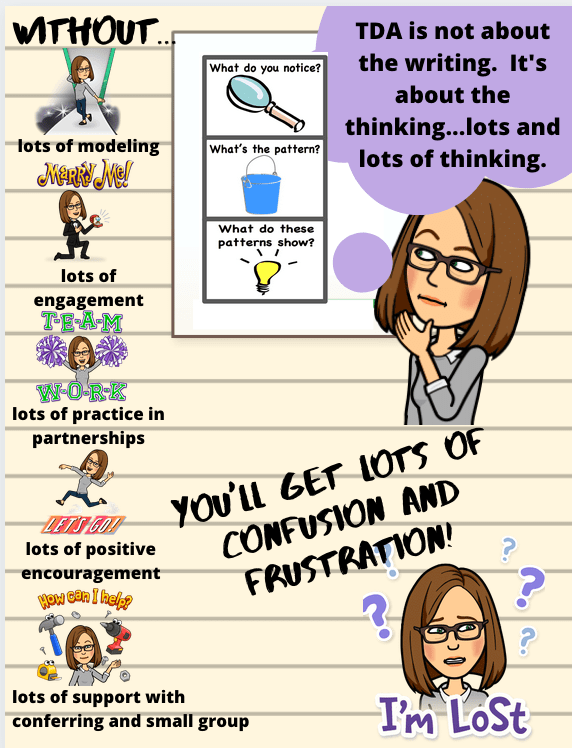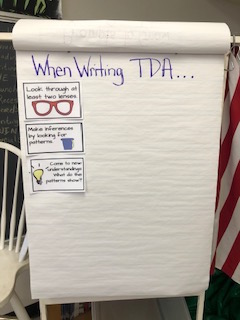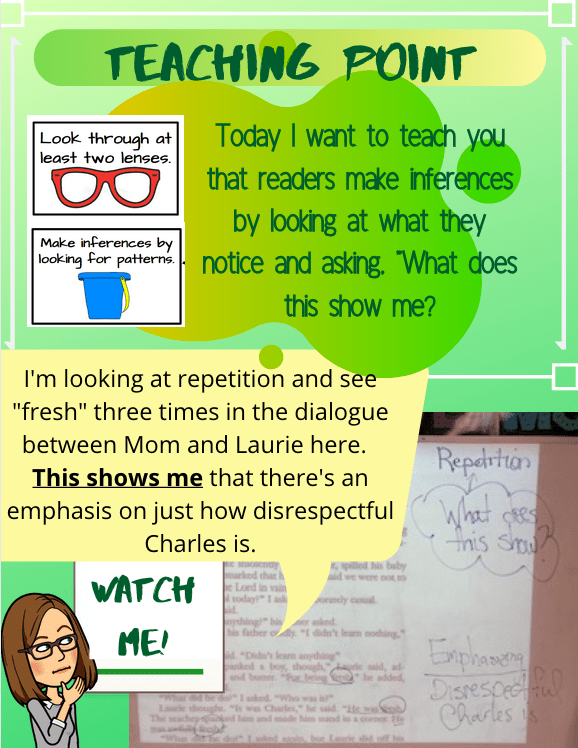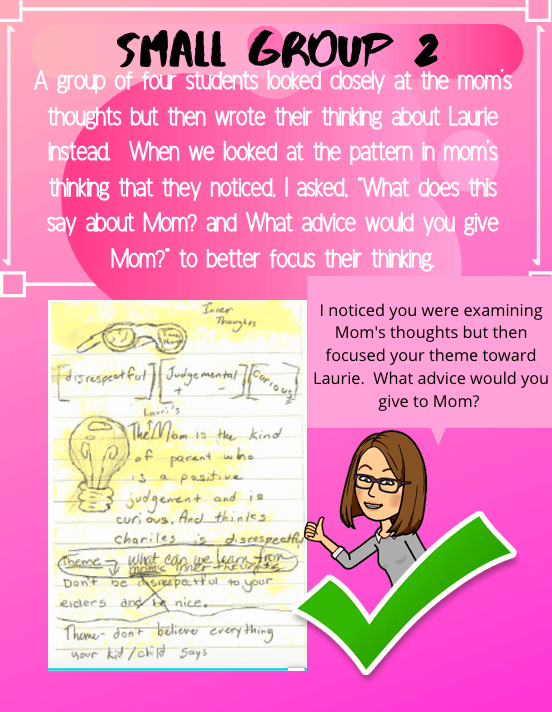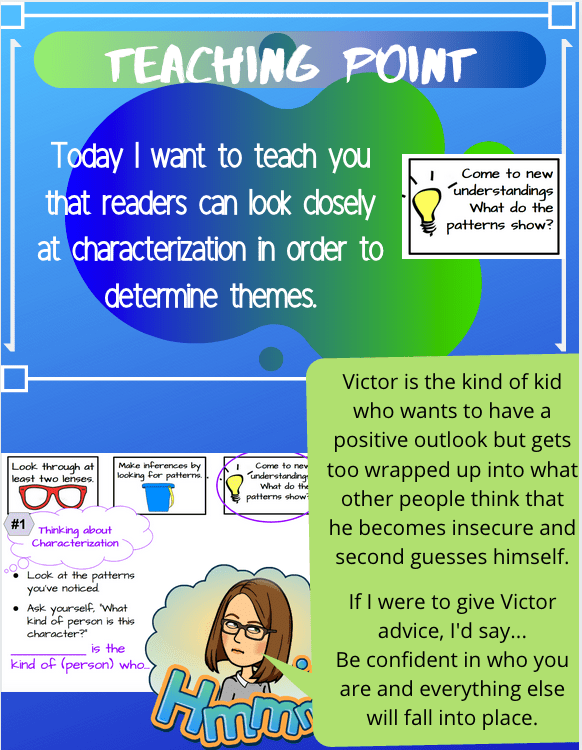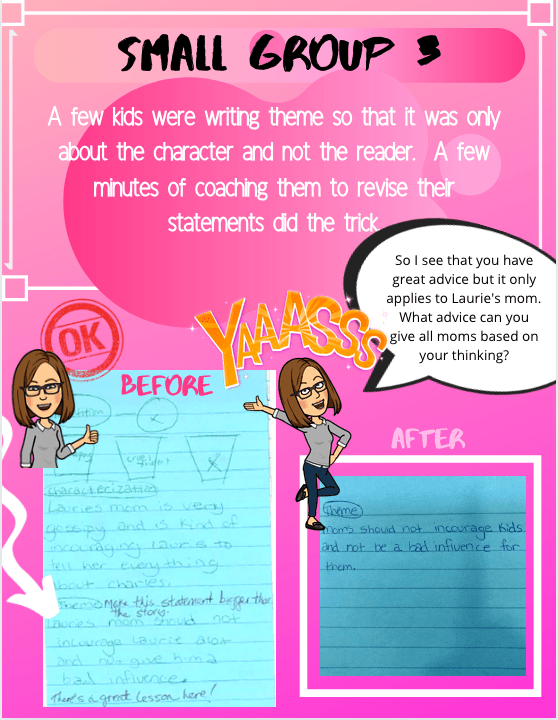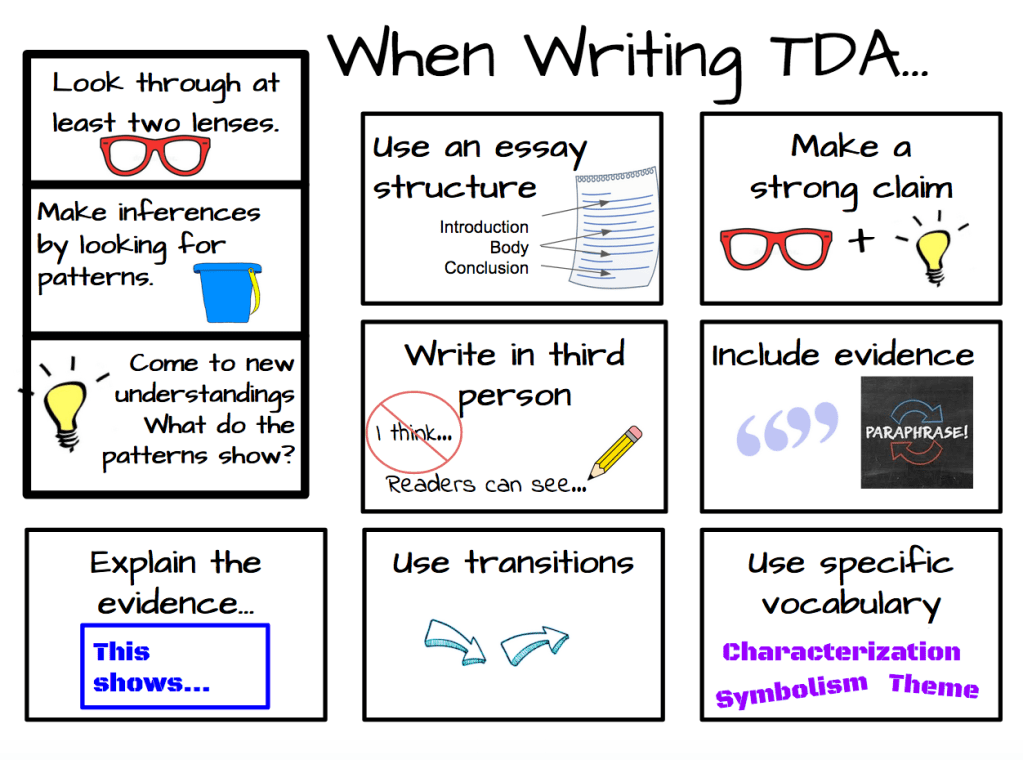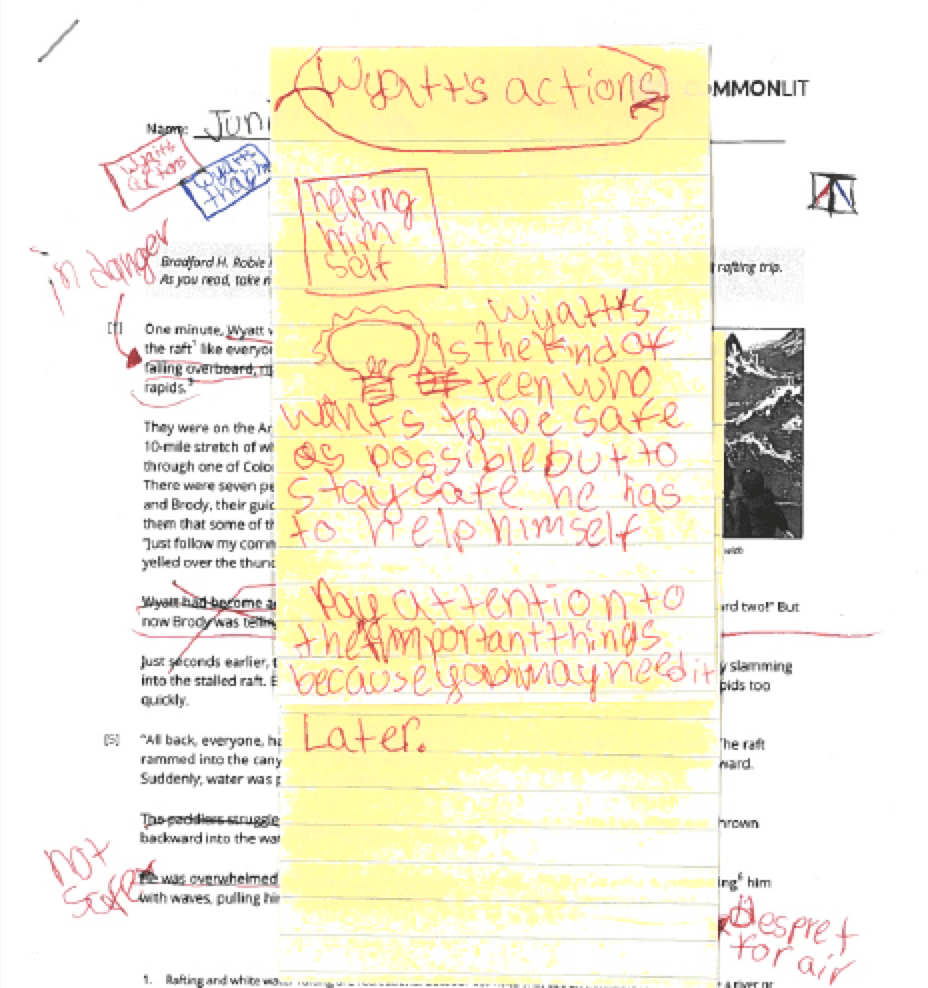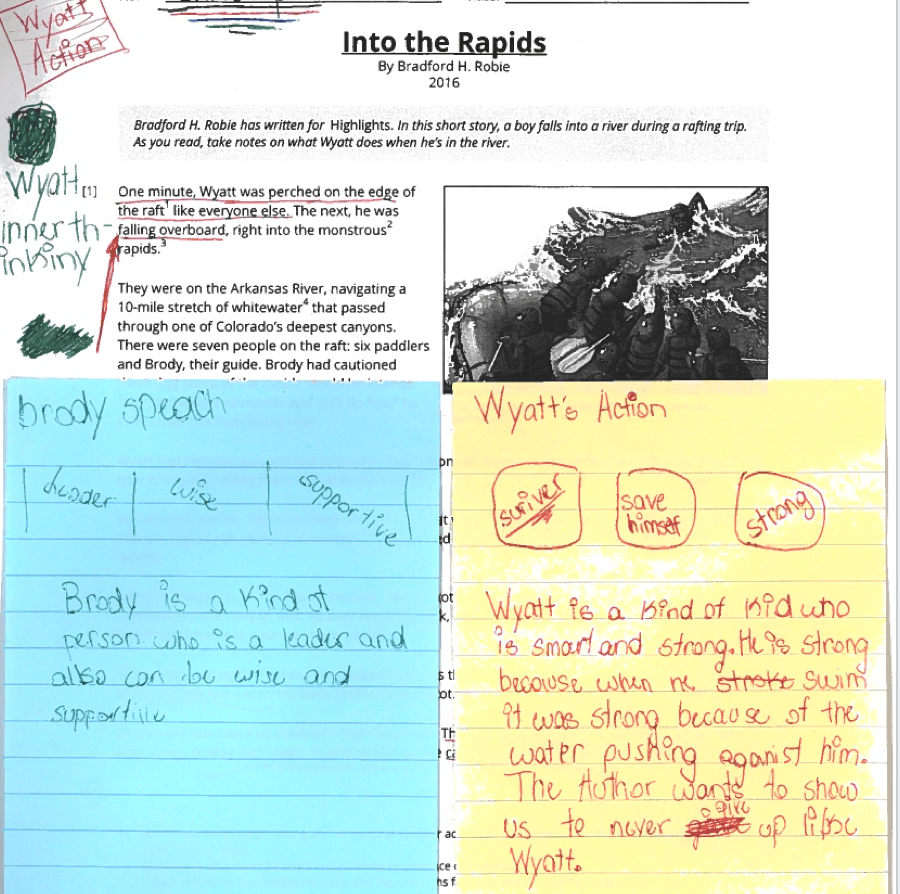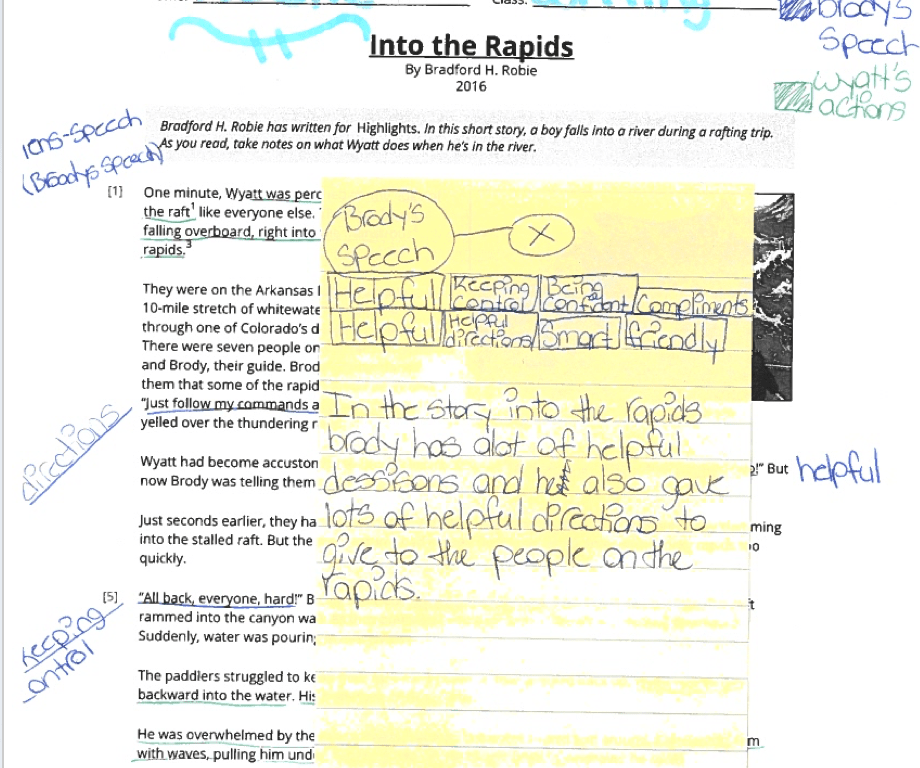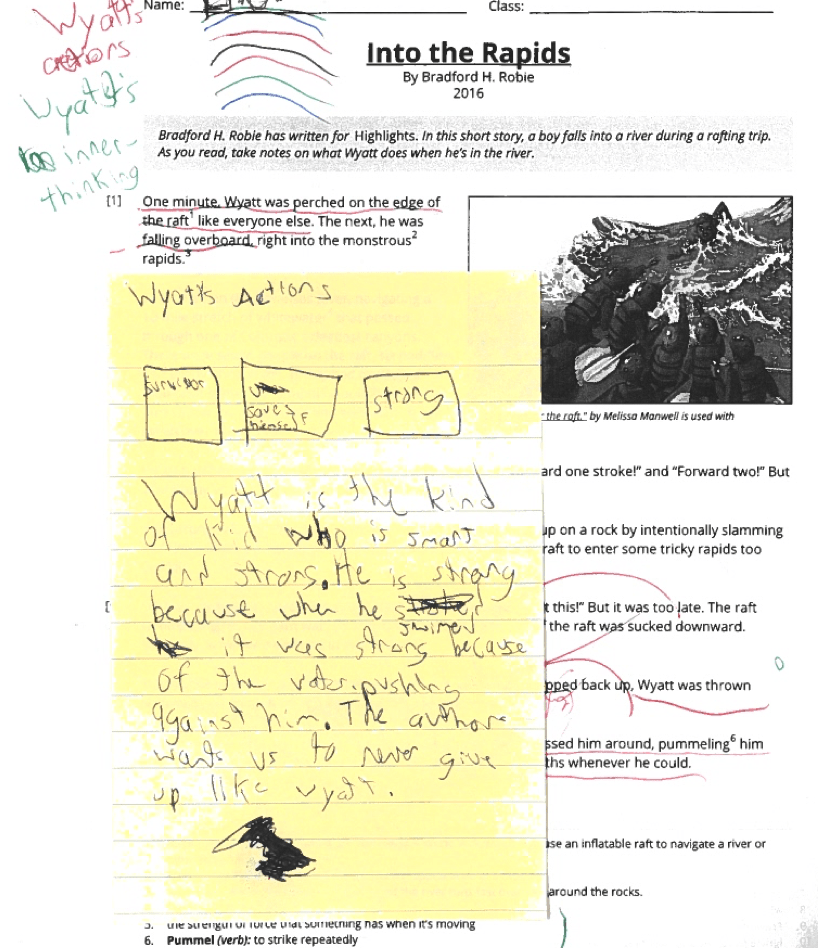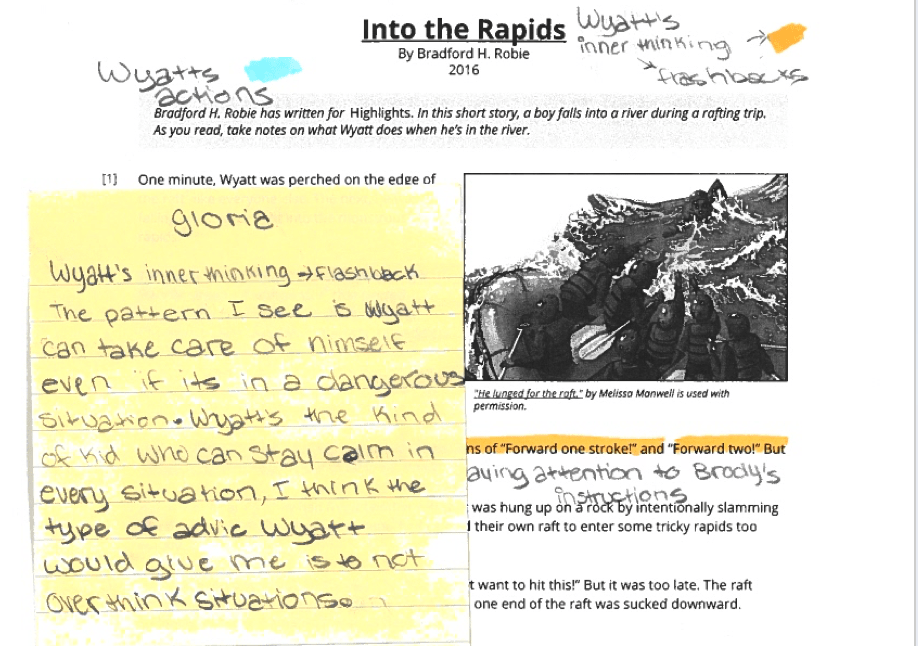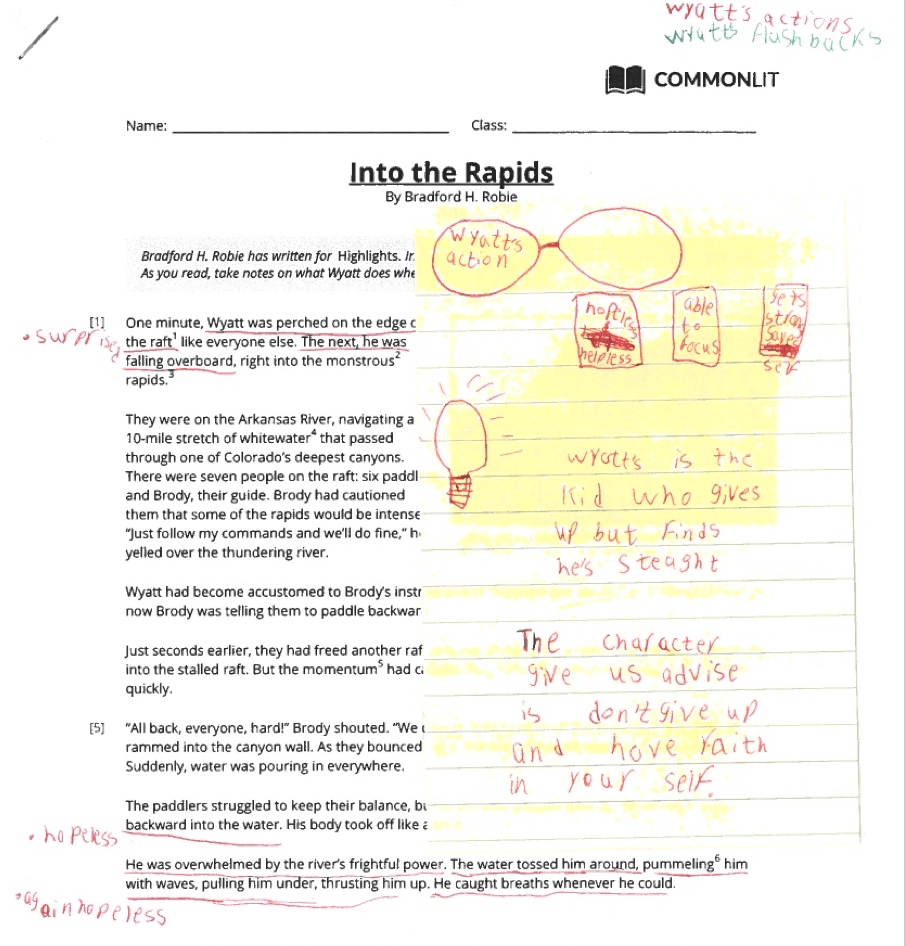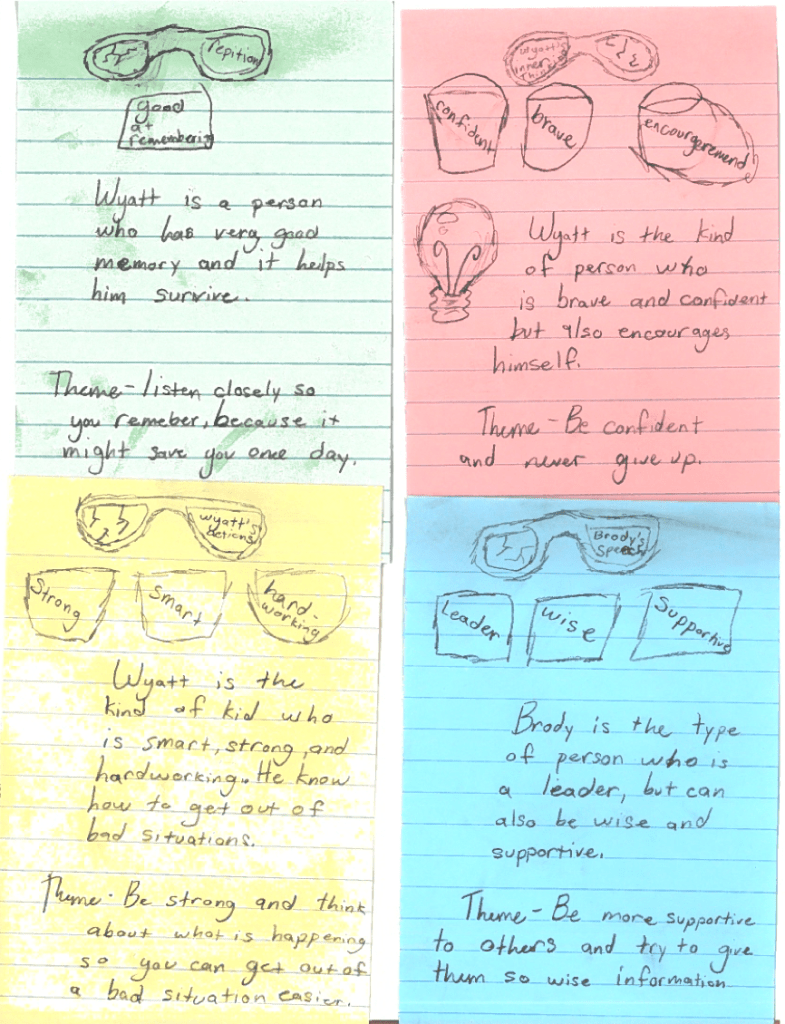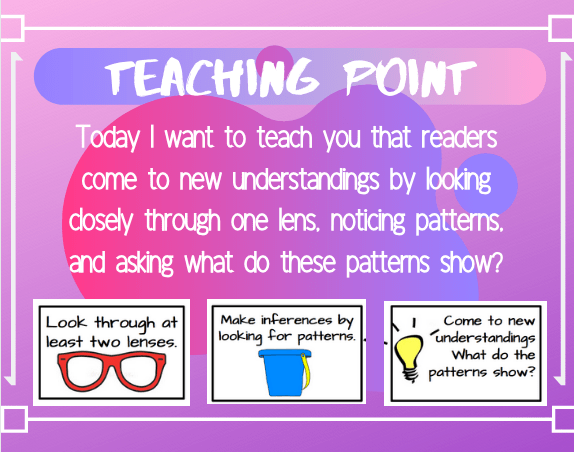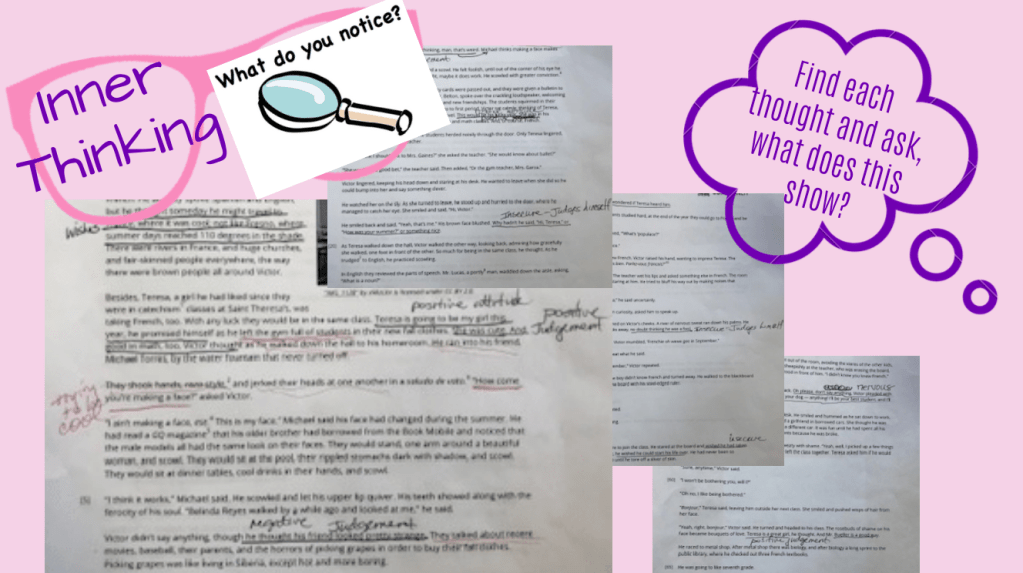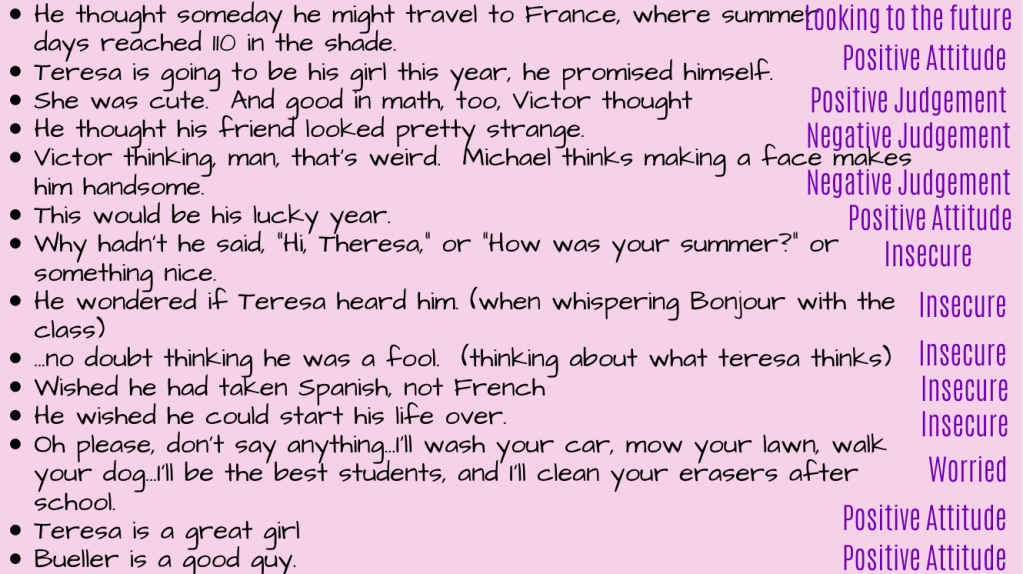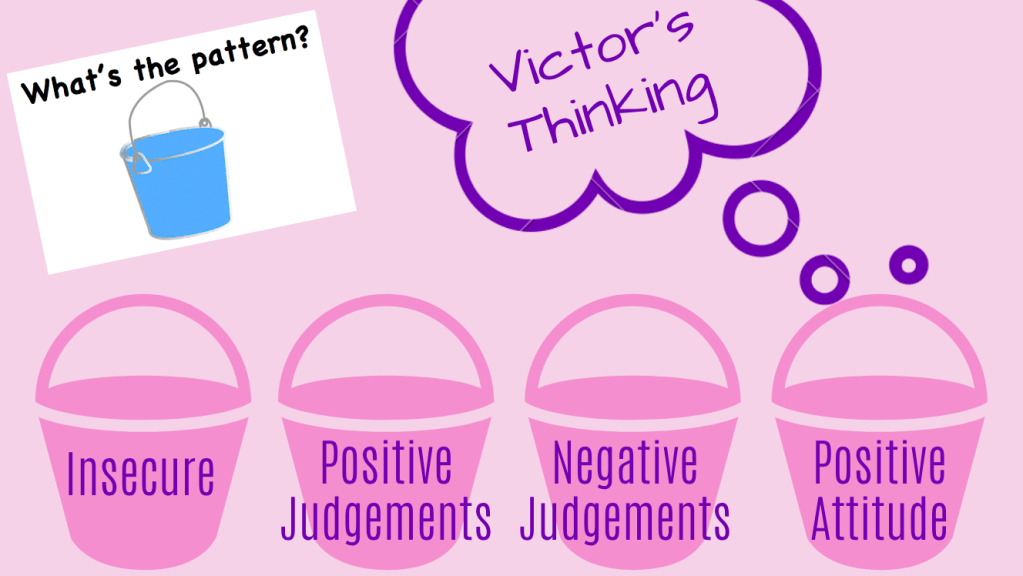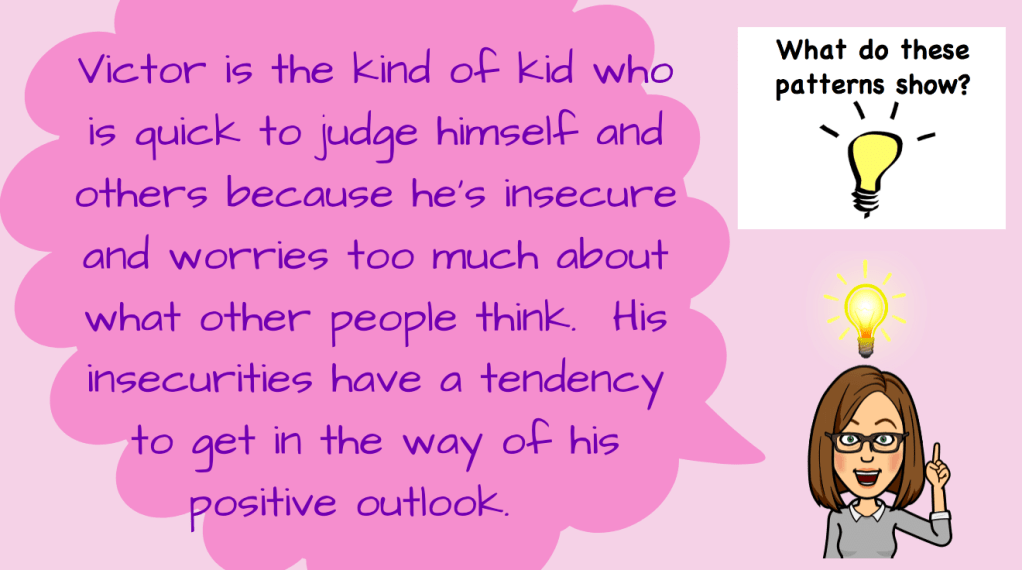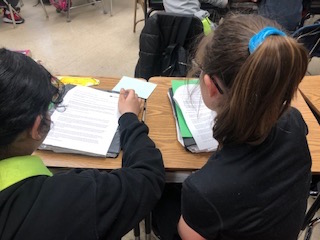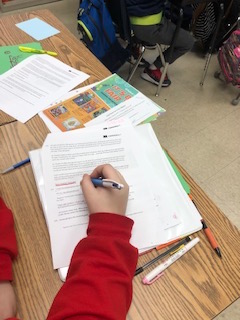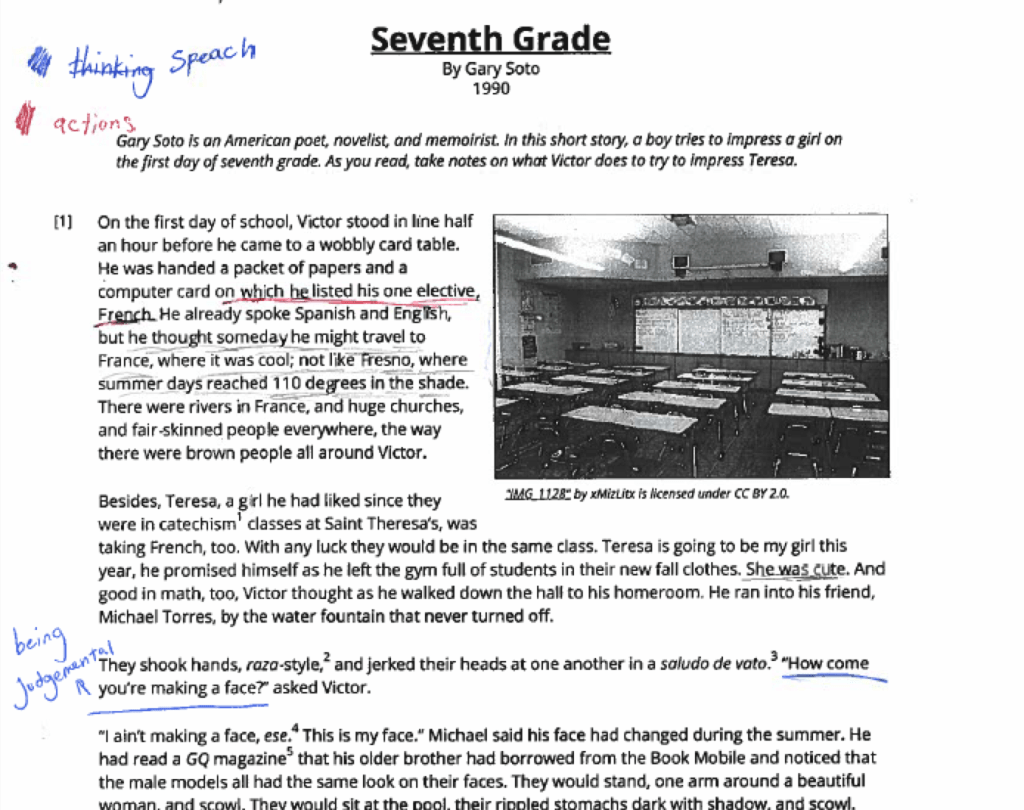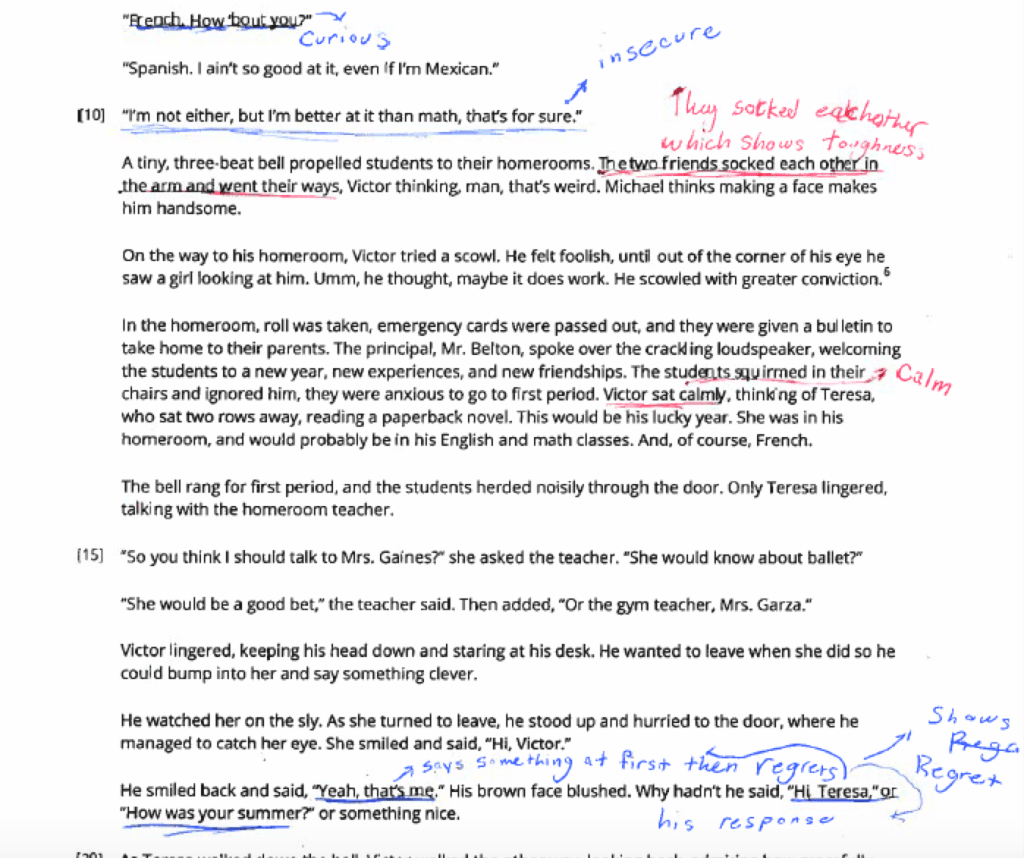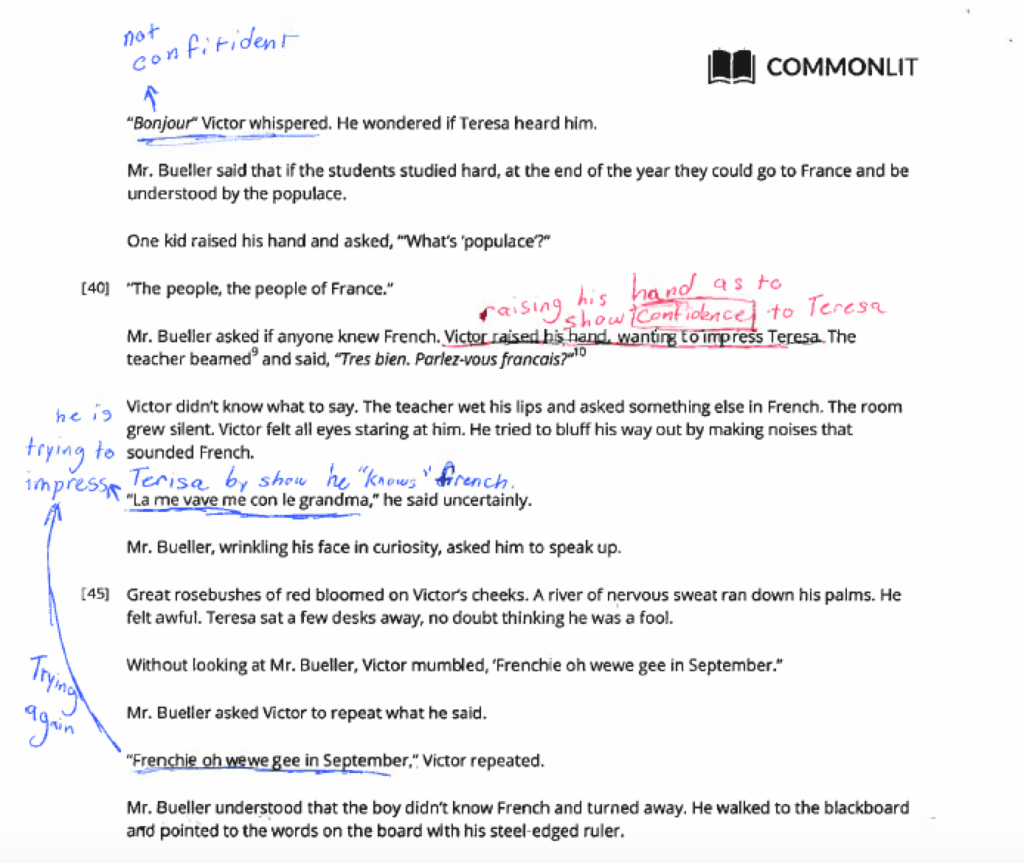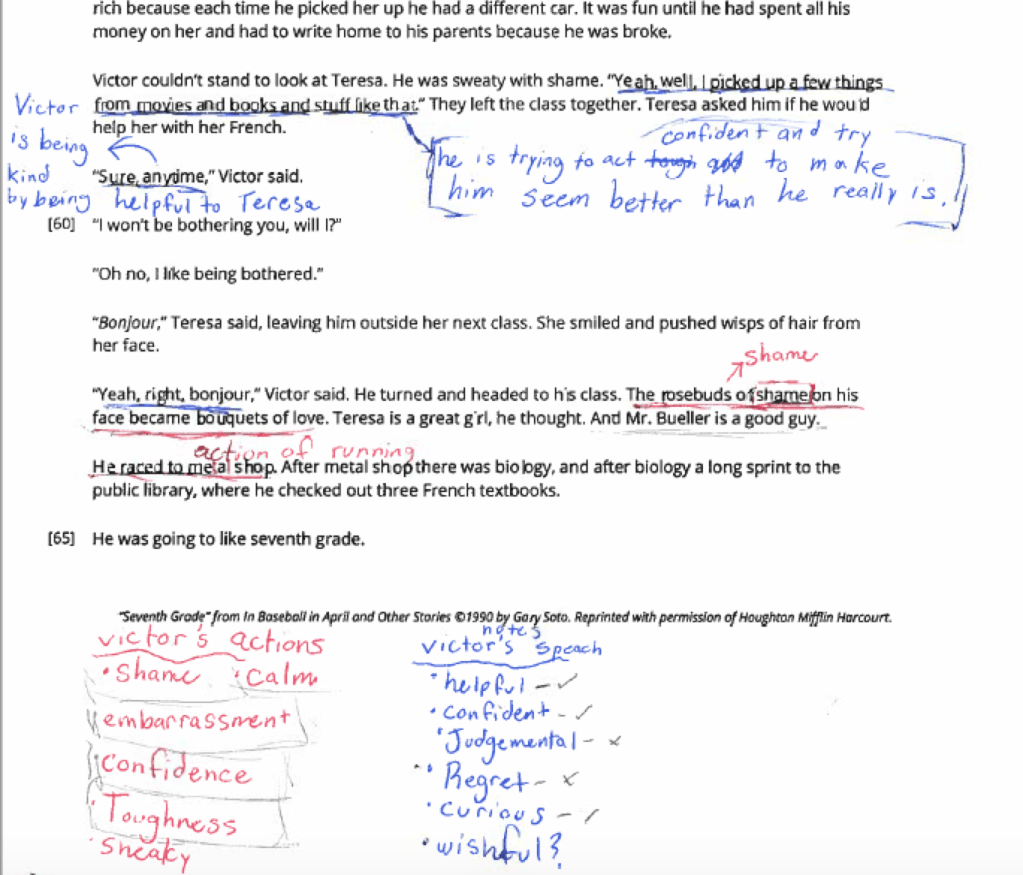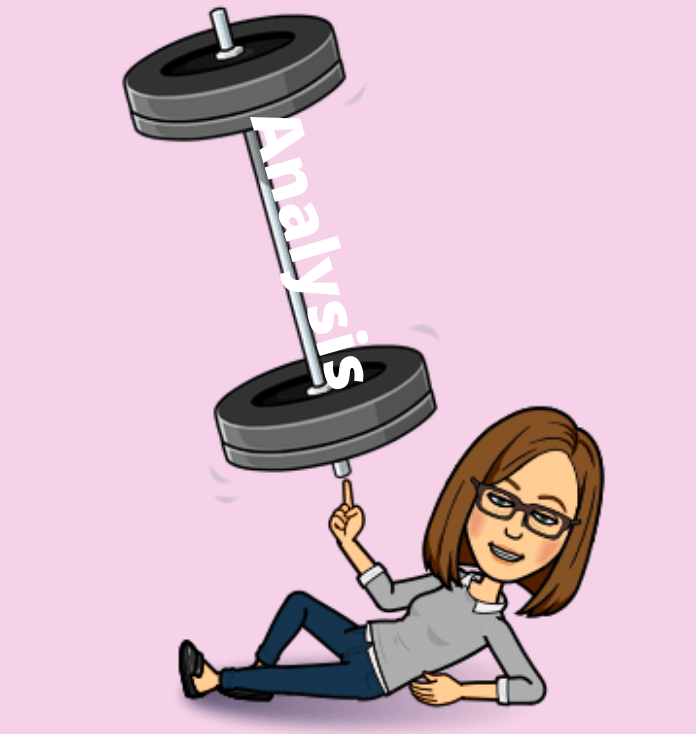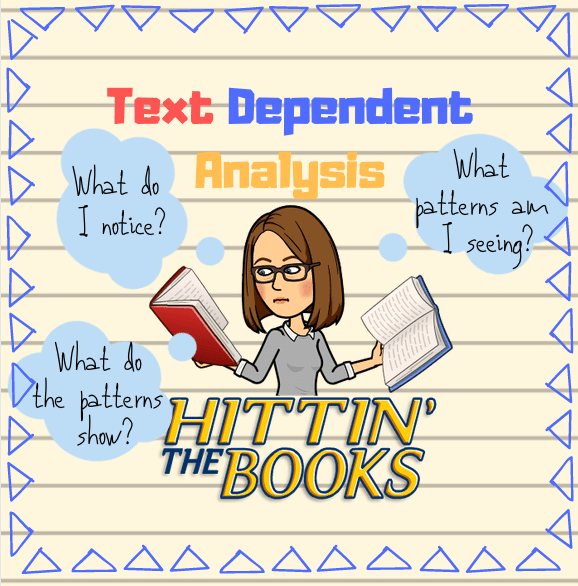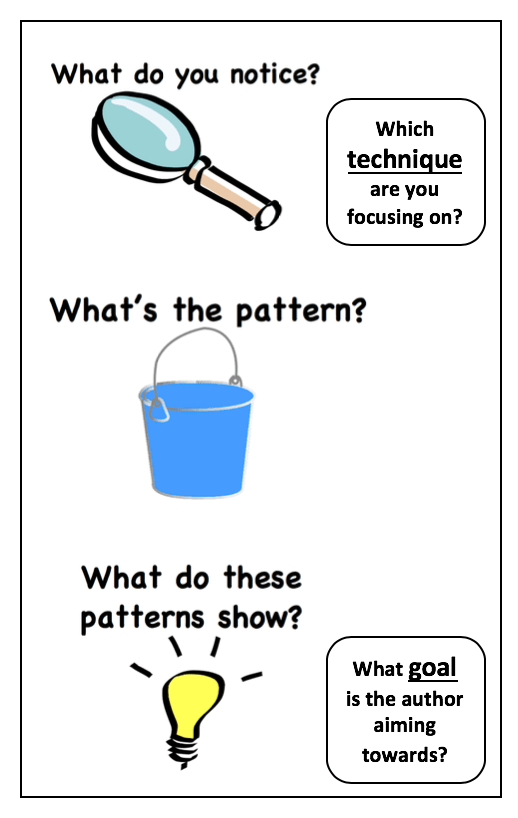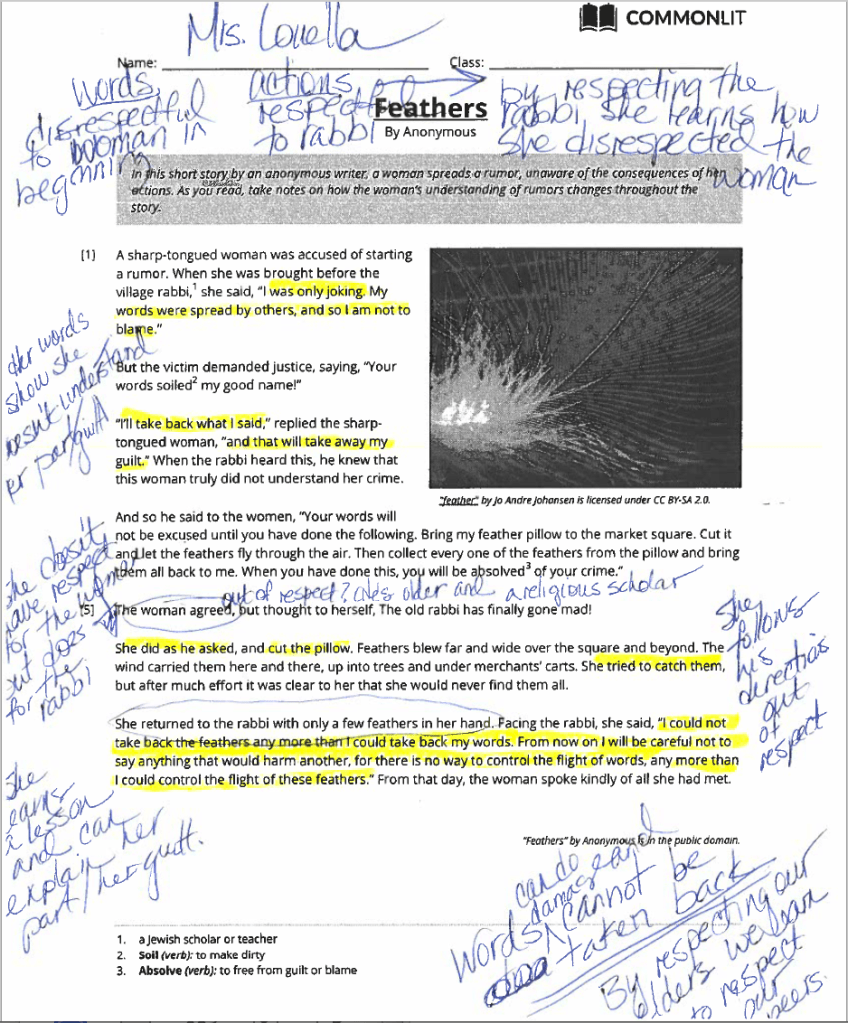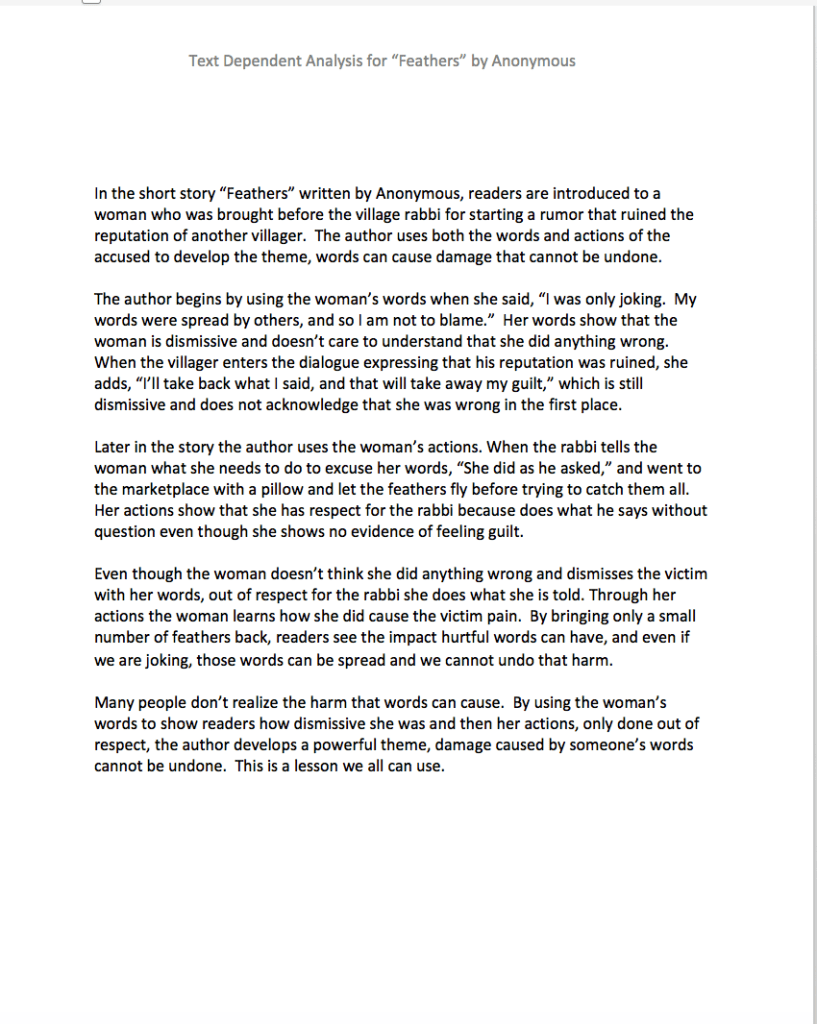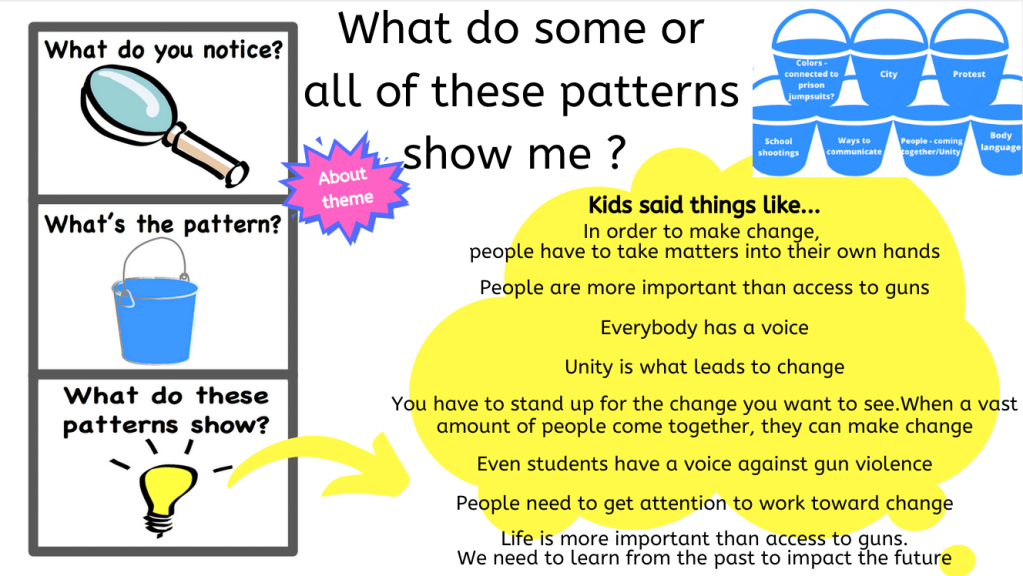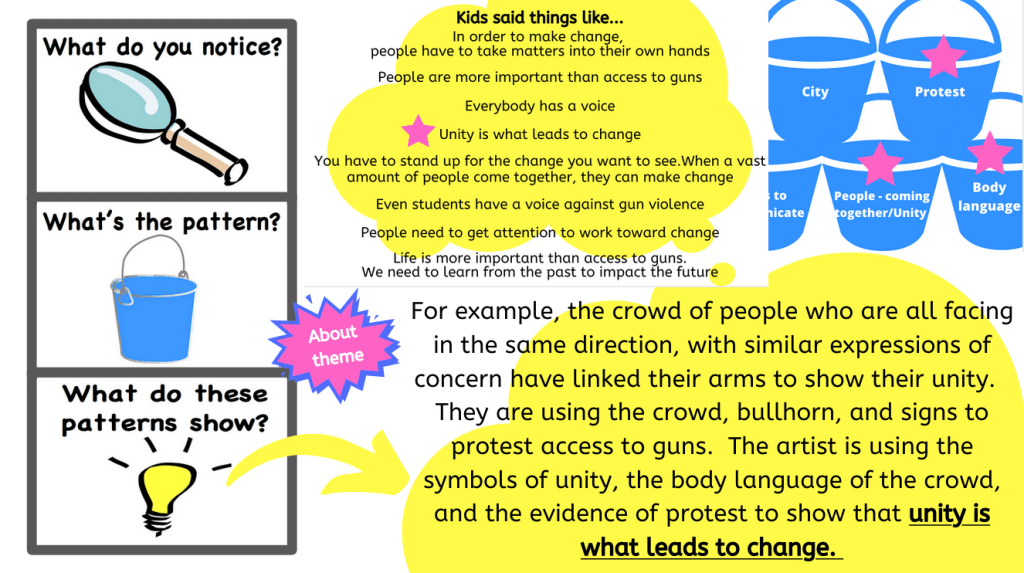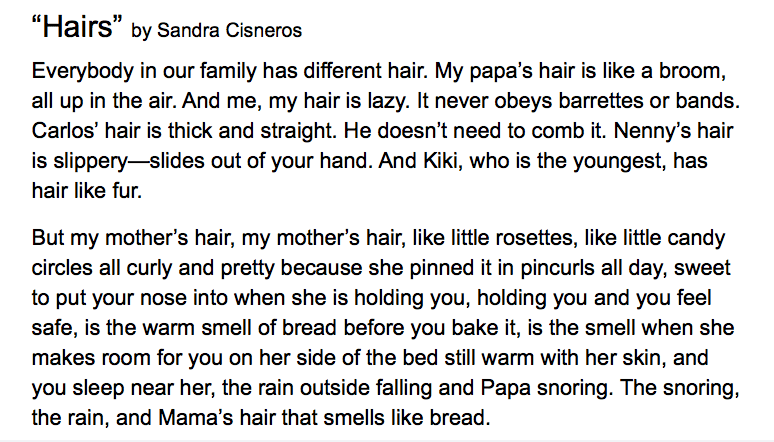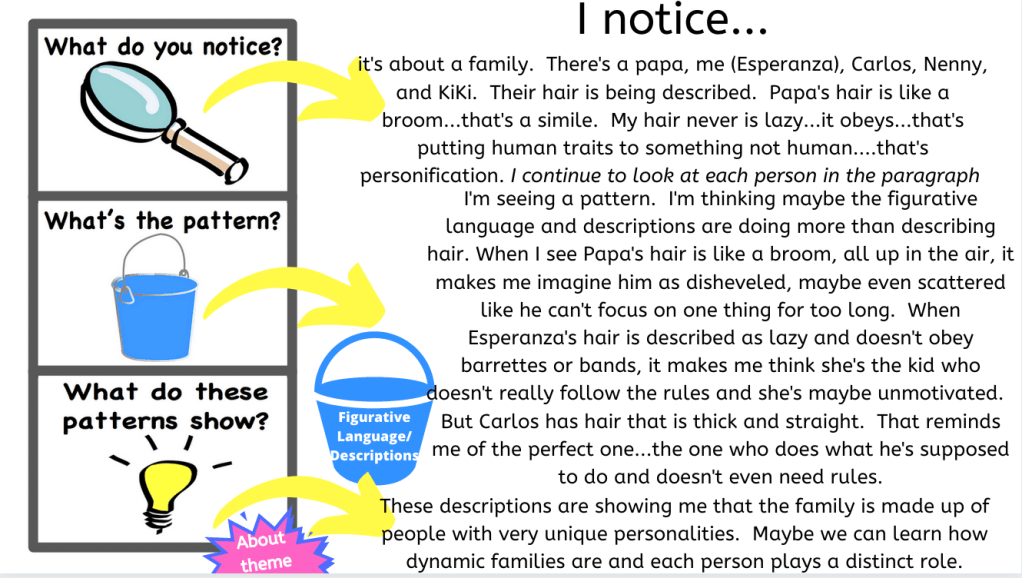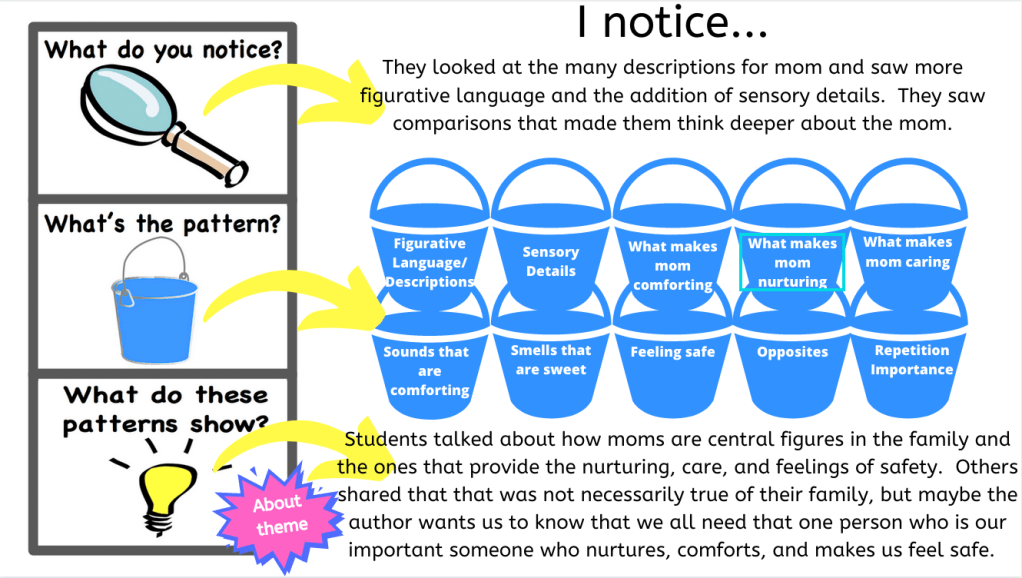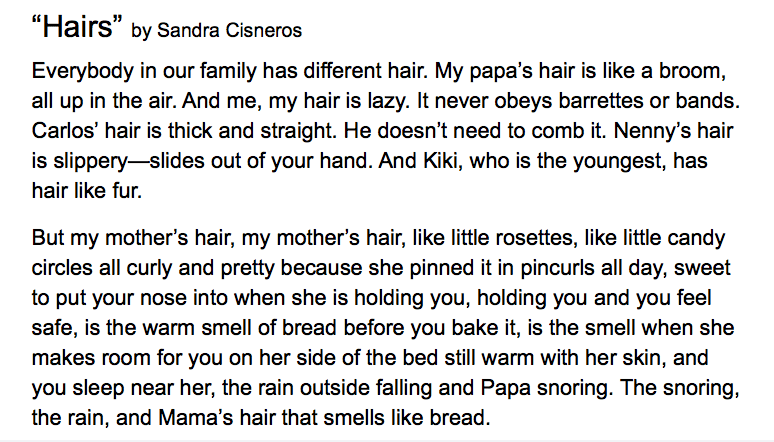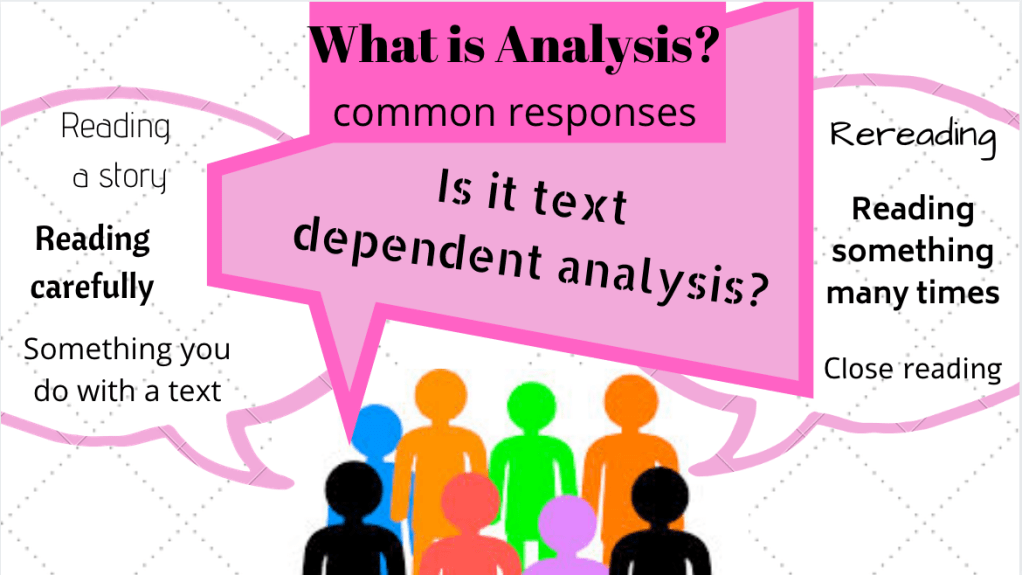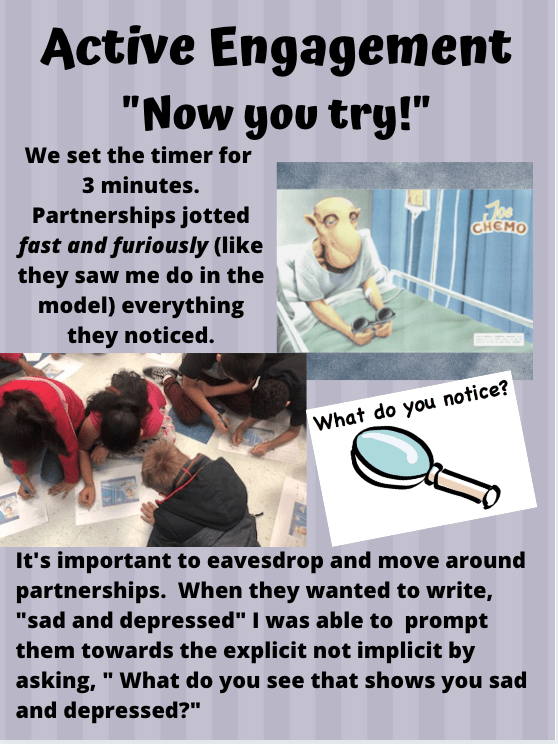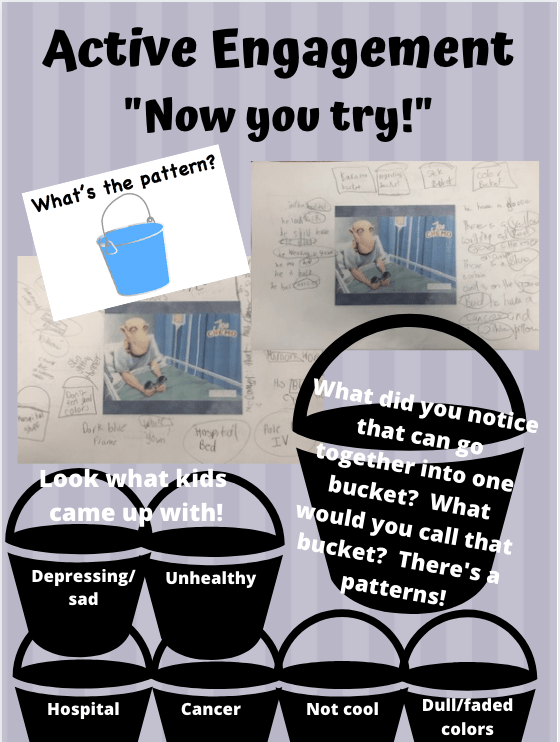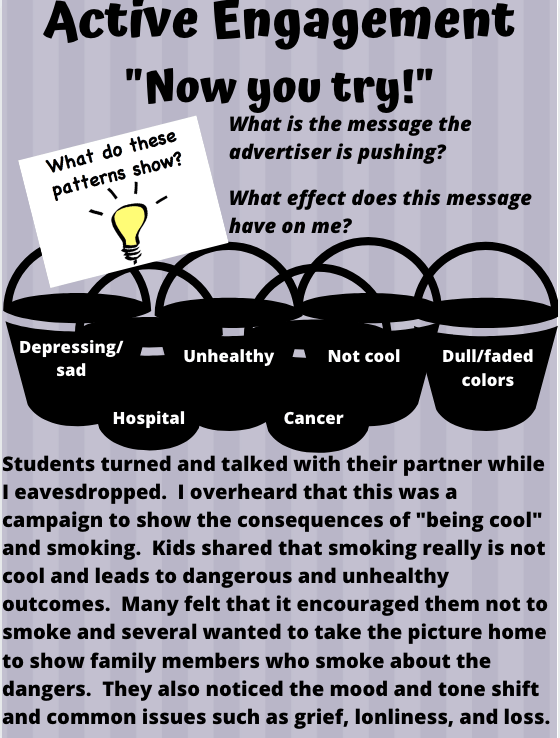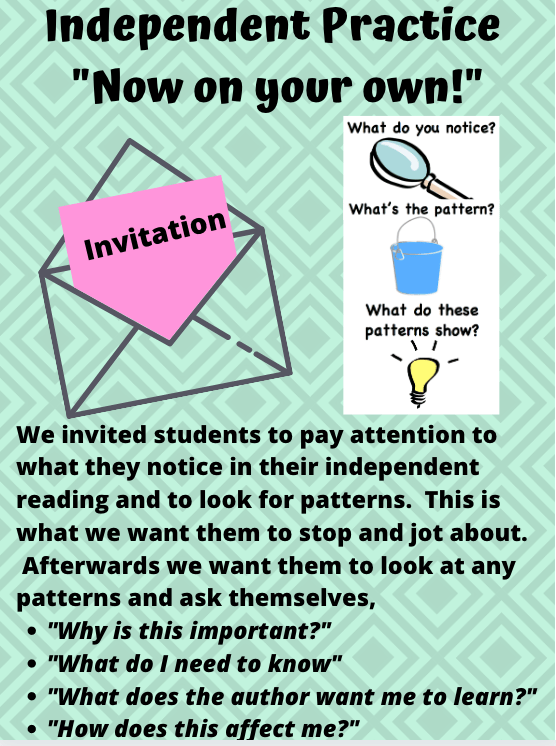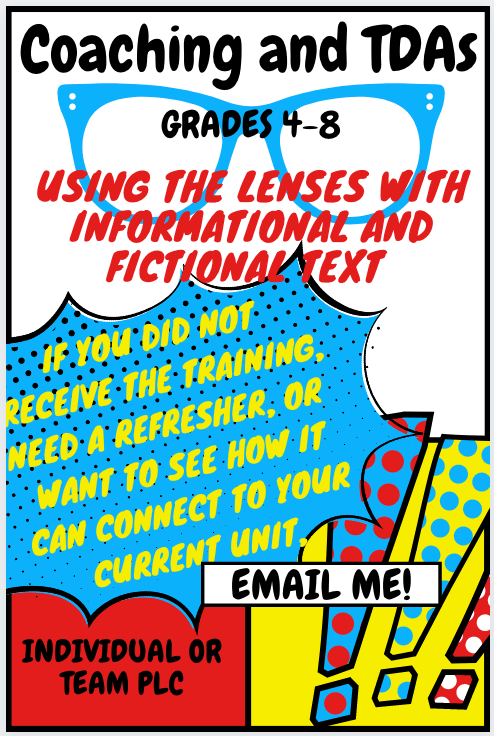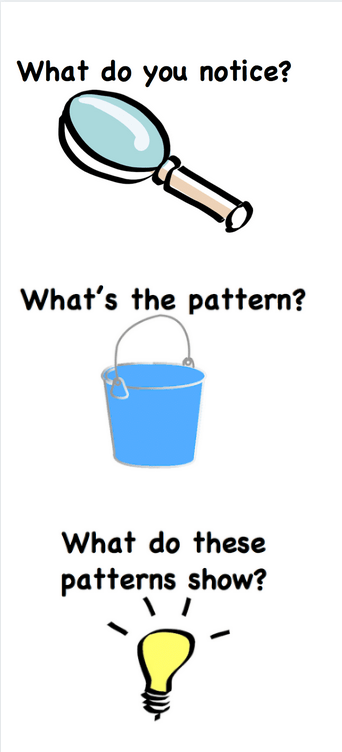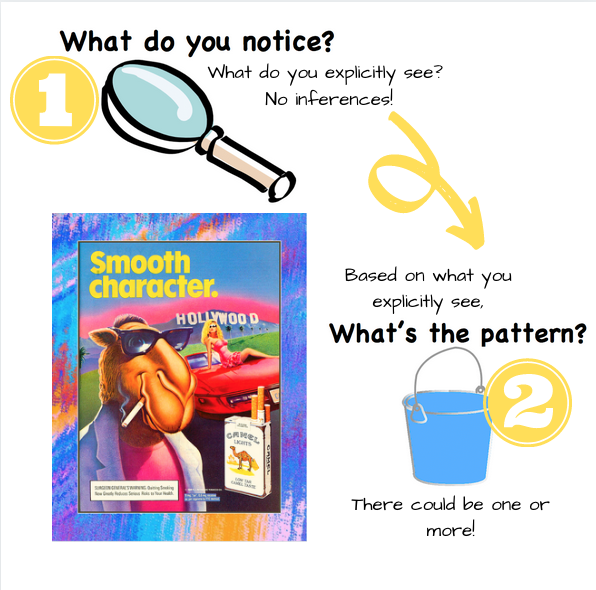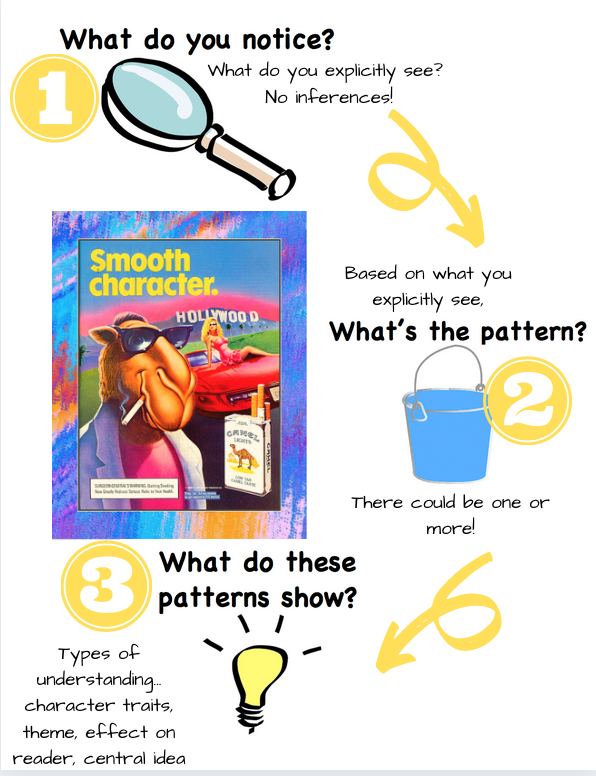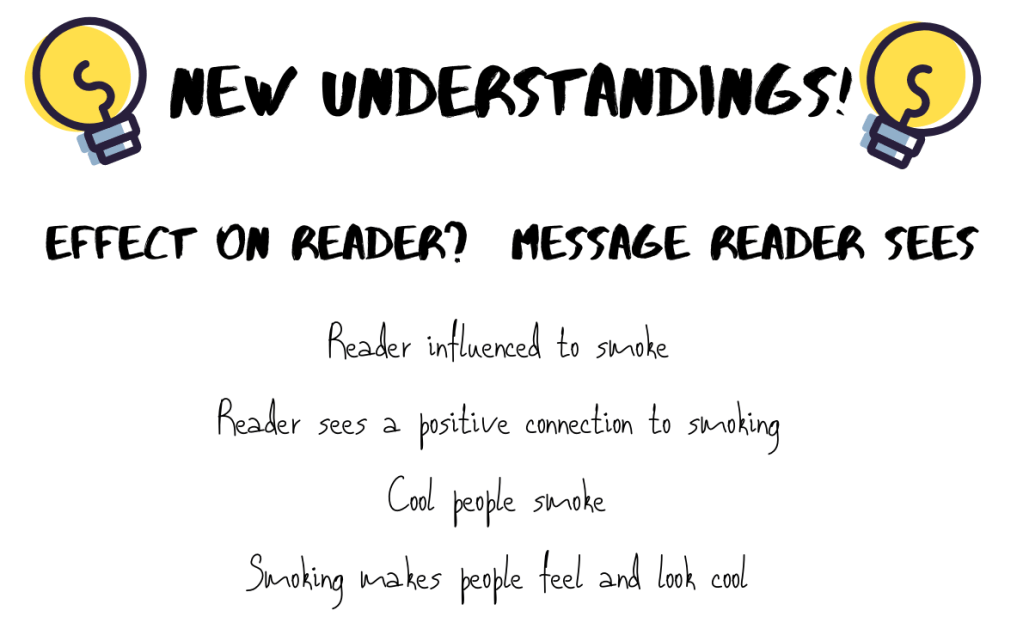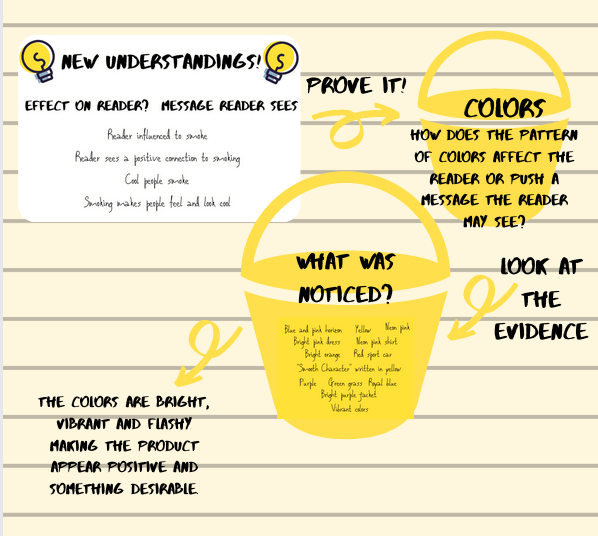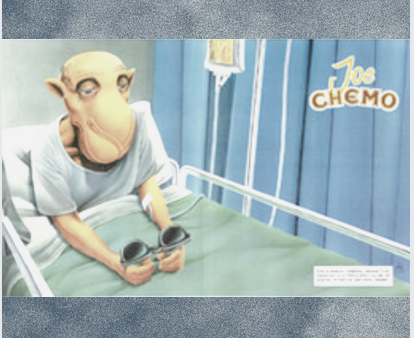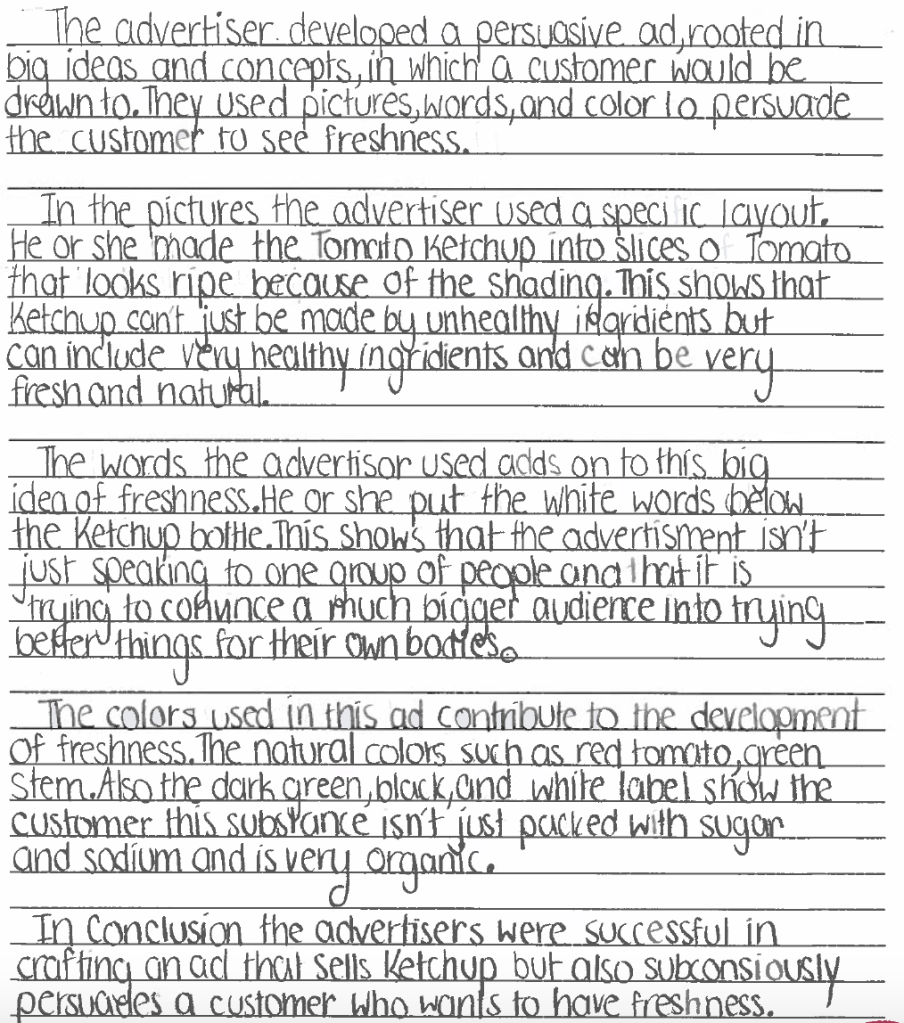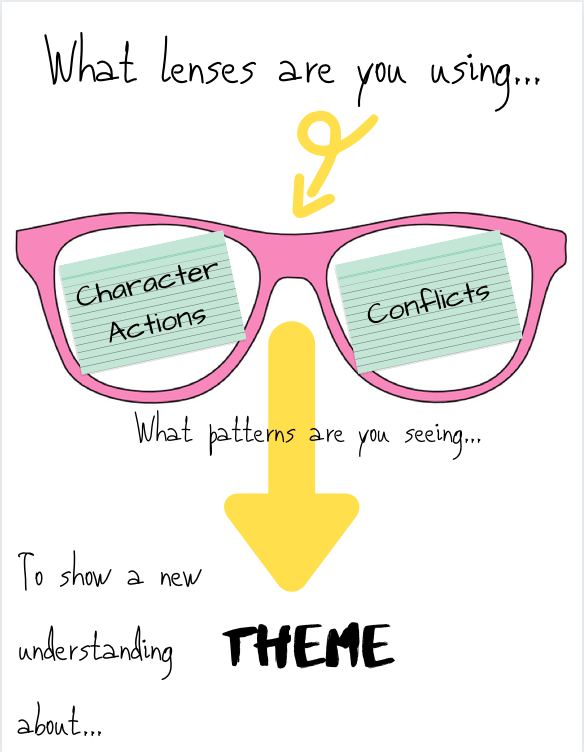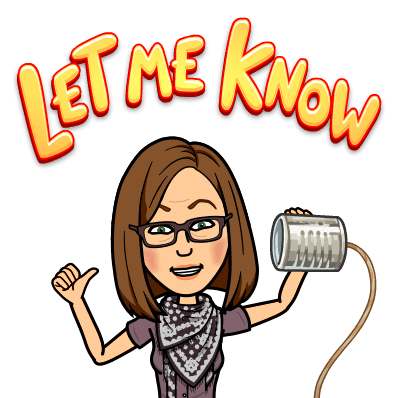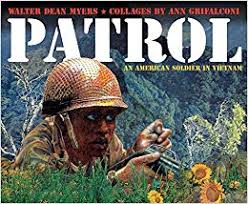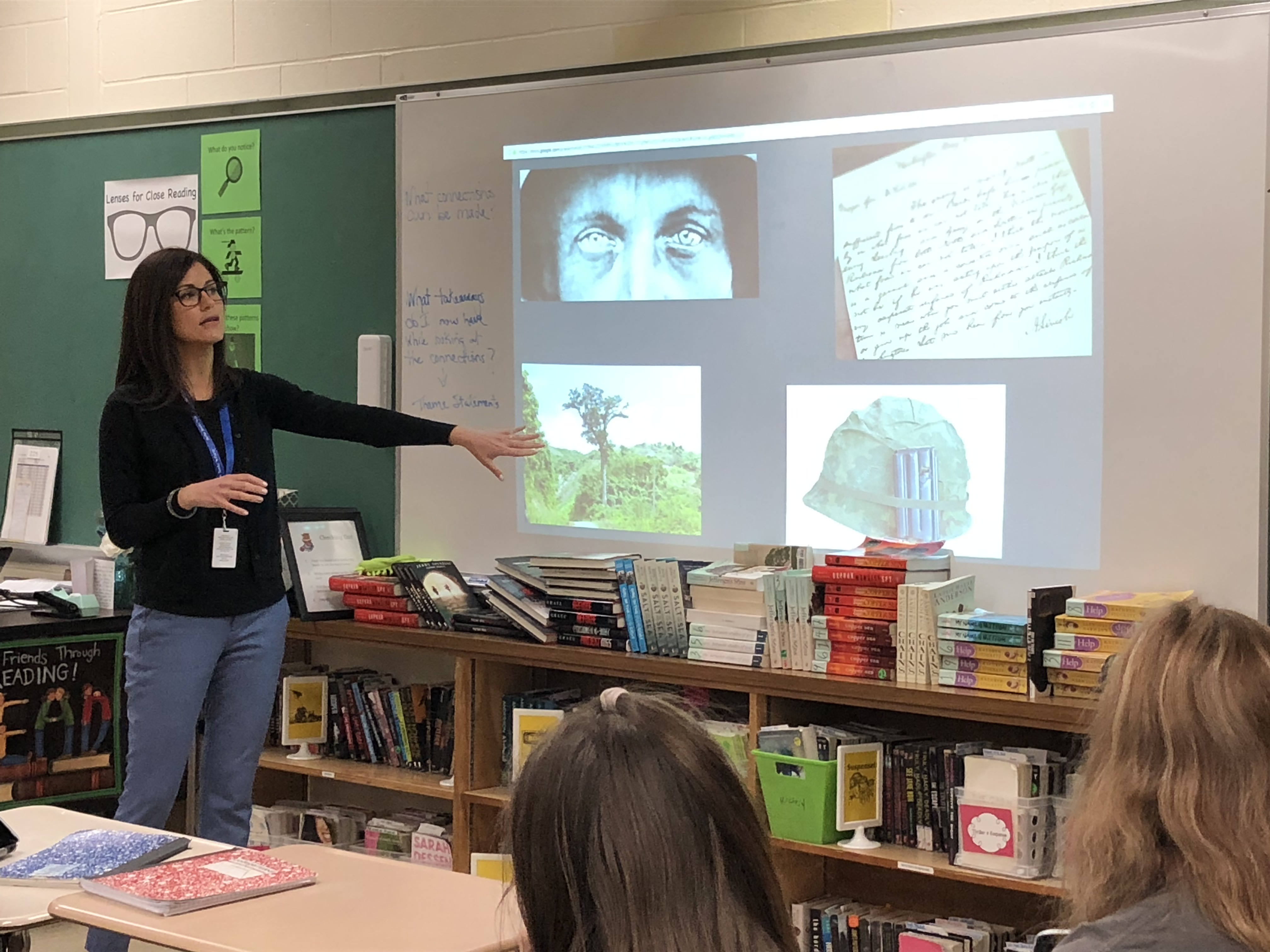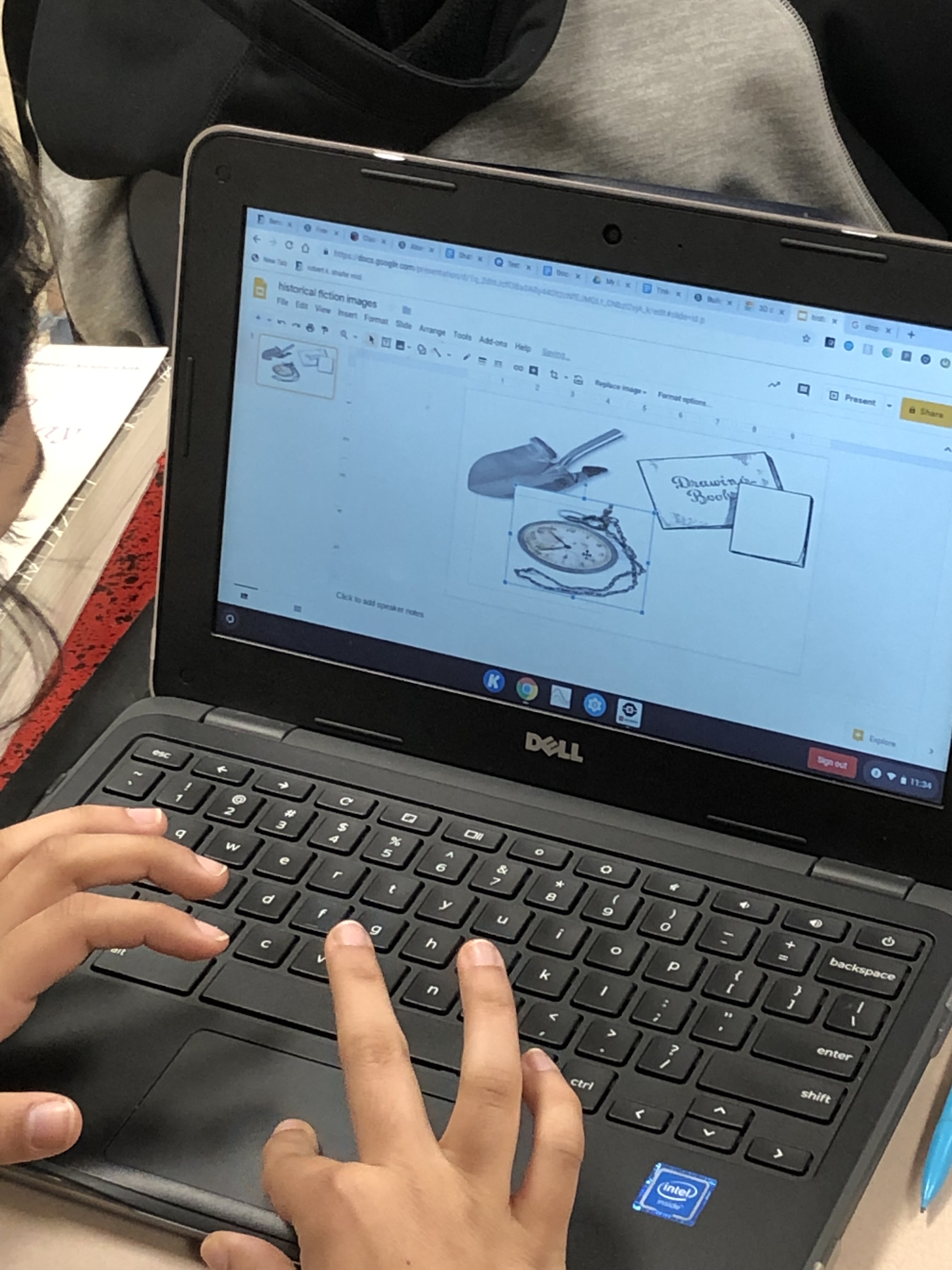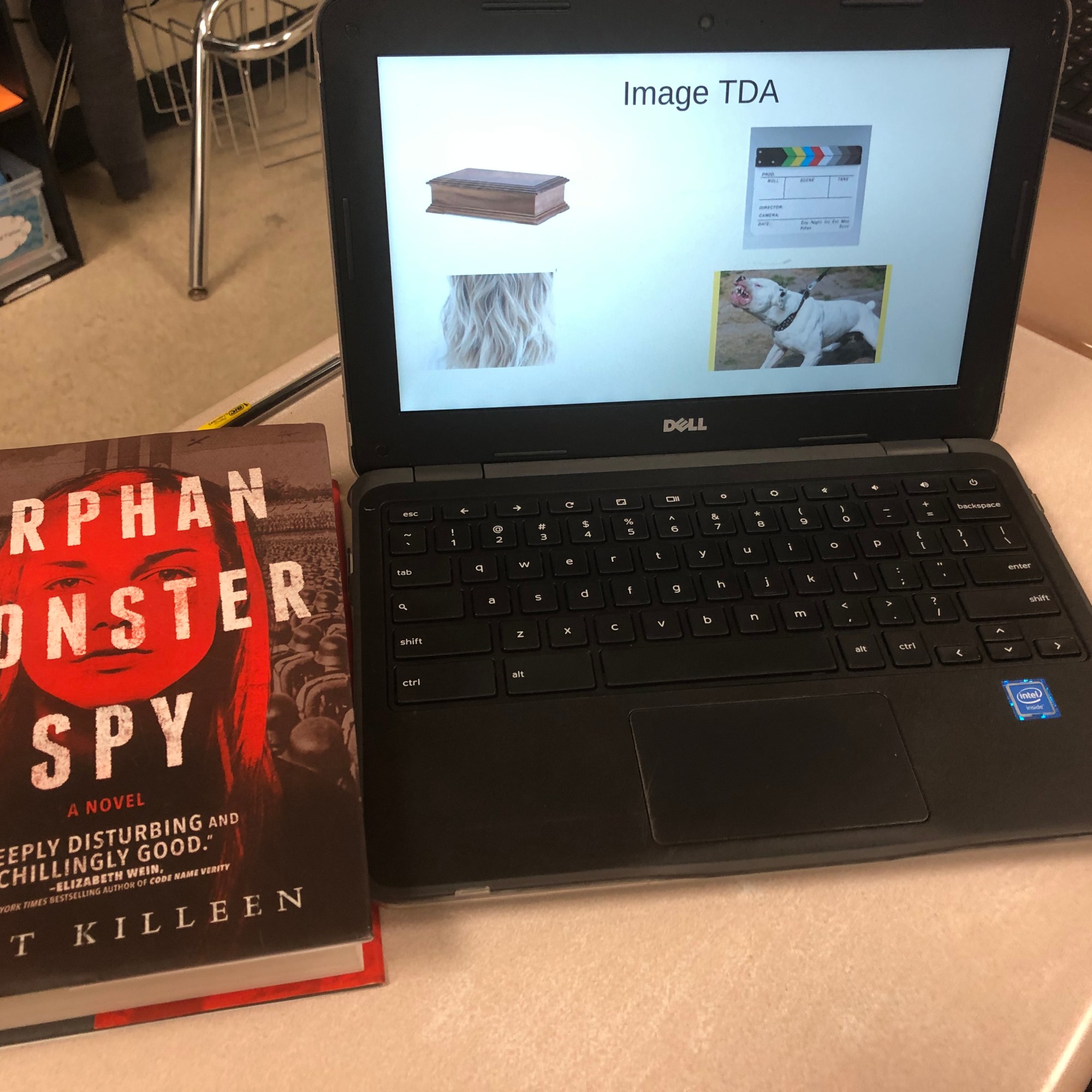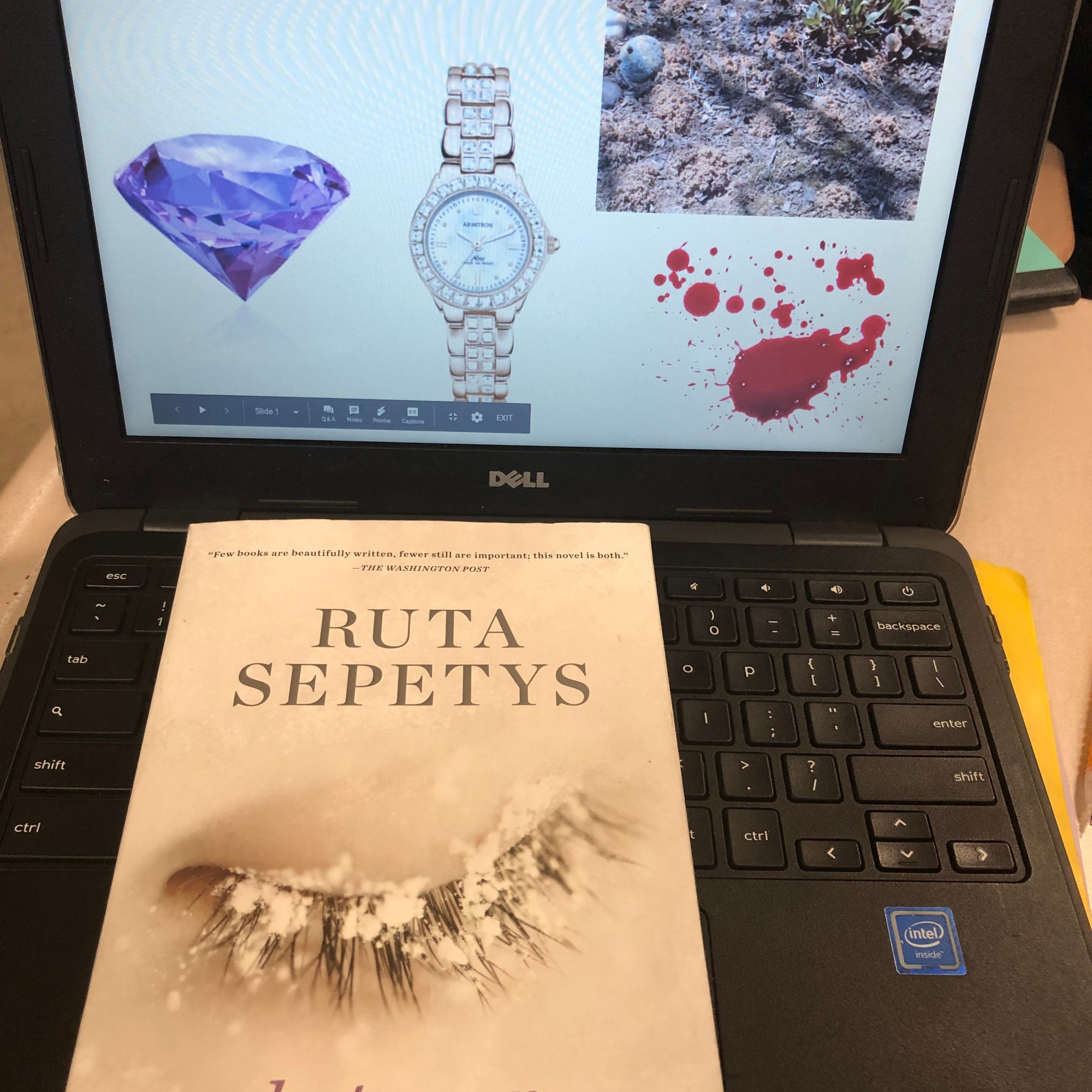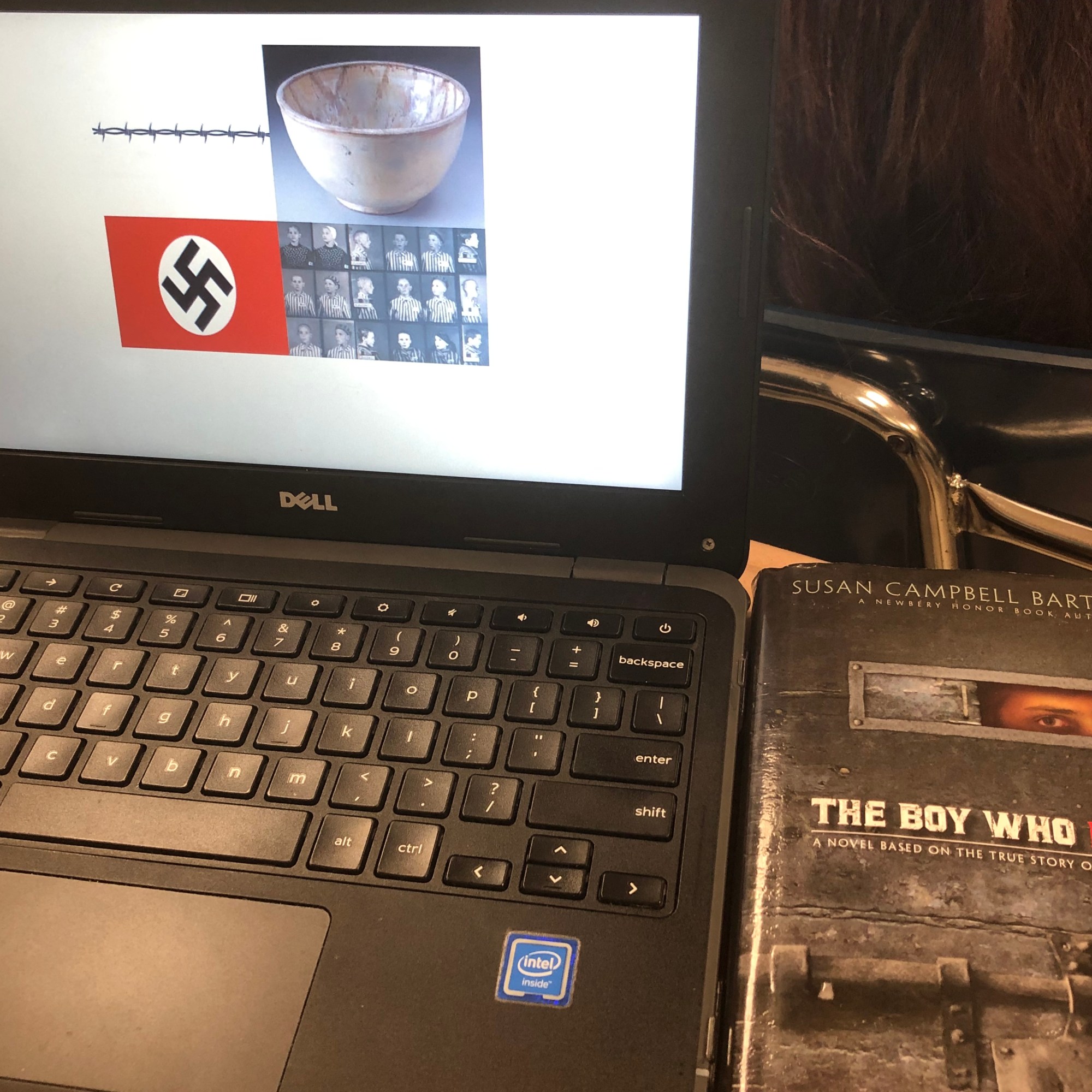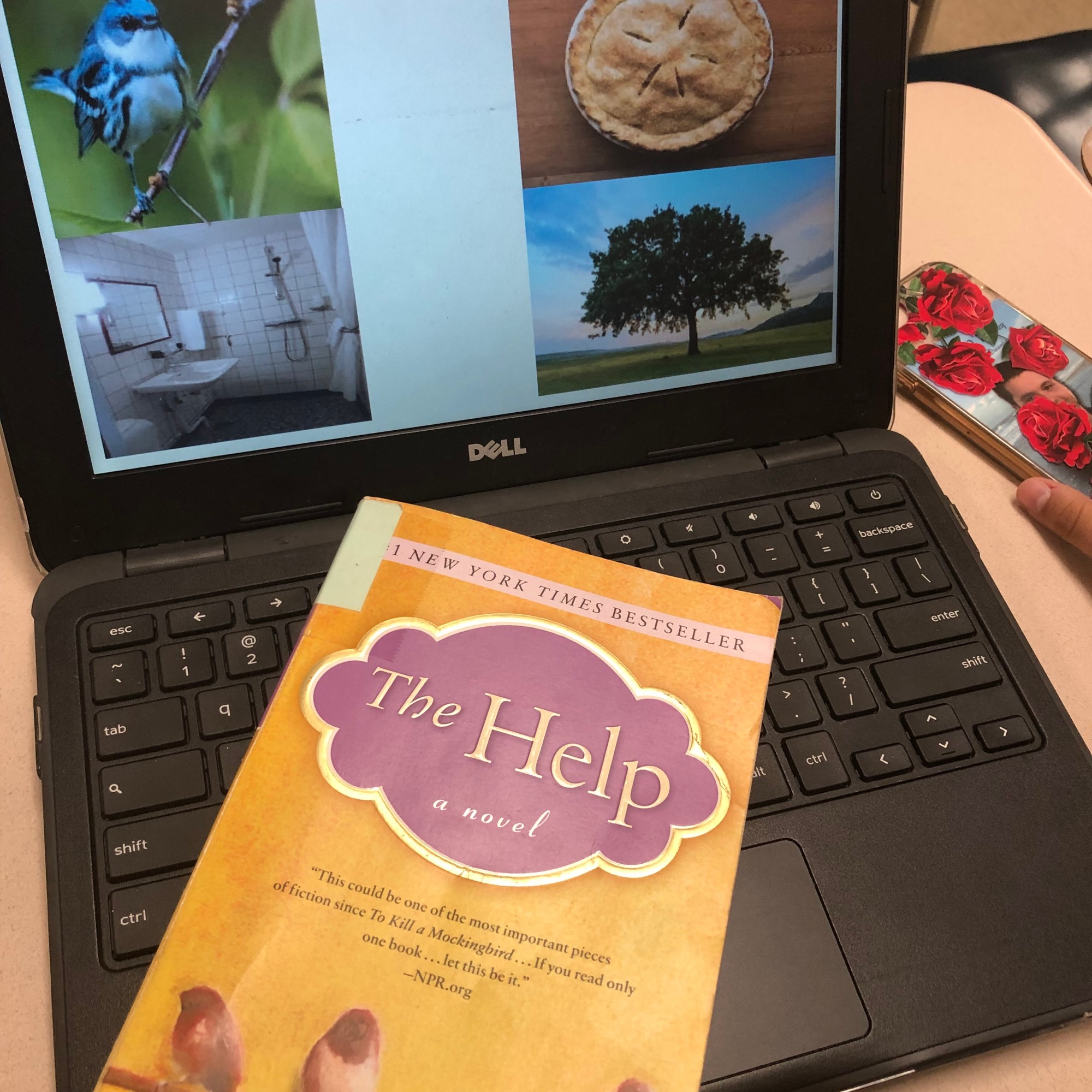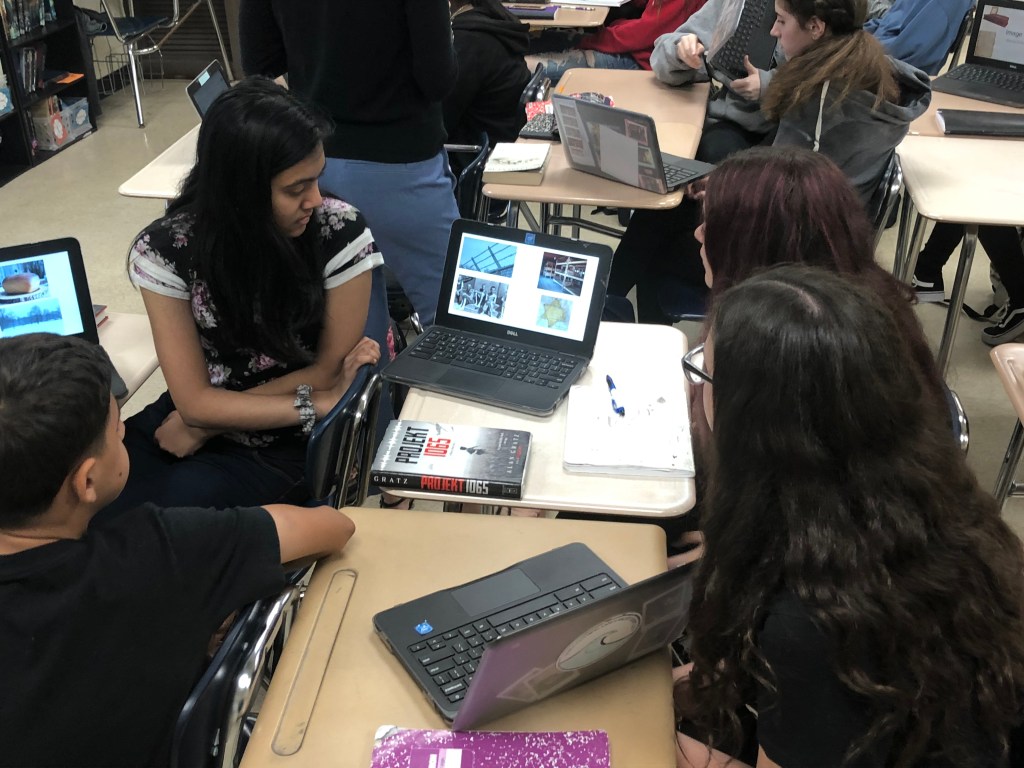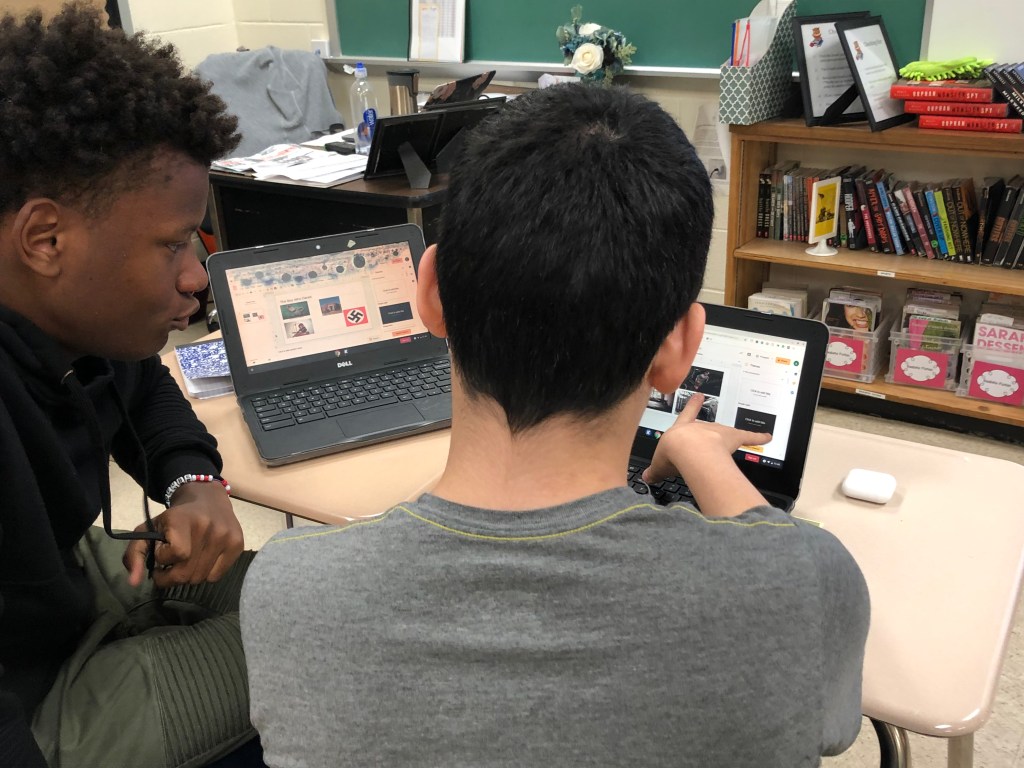
Two years ago three of the instructional coaches went to a training at the Bucks County Intermediate Unit that was meant for coaches and leaders to turn around in the district. It was three full days packed with new information and lots of practice pertaining to text dependent analysis (TDA), but we learned so much that we were able to turn around and train small groups of teachers over the course of 3 half days. This post is dedicated to providing asynchronous training and exploration of all things TDA for teachers who are new, have changed grade levels, or just want some refreshers.
As always, I am available to our Bensalem teachers for planning and instructional coaching. In addition to four training videos, I have included some previous blogs that showcase the work I have done in classrooms last year.
Training Session #1 – What is Close Reading?

In this first session we looked at the definition for TDA that was provided by the Department of Education that shows the need for close reading, what that actually is, and how to use a framework for close reading to do the work necessary for analysis as defined.
Using Images…What Does That Look Like in the Classroom?
A Close Work at Why We Teach Analysis summarizes some of the basics around close reading and analysis.
TDA: Starting with Images provides a way to get started using pictures. Any picture will do, but here are some examples!
Approaching Analysis with Non-Traditional Text is an extension of using images in any reading workshop unit.
TDA: Students Take on the Images shows more student work and thinking!
Listen, Learn, Trust, and Expect reminds us that over-scaffolding can lead to more problems not less.
Close Reading Glasses (recommended to be copied on 11×17 size paper)
Training Session #2 – How Does the Framework for Close Reading Work with Fiction?

The second session was spent looking at the challenges of PSSA prompts and how the Close Reading Framework we’ve adopted, as recommended by the Bucks County IU, along with the use of a Close Reading Menu can assist in providing instructional support for teachers and students as they grapple with this challenging work.
Using Short Texts and Even Independent Reading to Model and Practice This Work
How to Find the Time to Work on TDA shows teachers how to fold in the work of close reading and analysis by using our reading worksop units and the learning progressions.
Moving from Pictures to Text…Oh My! not only looks at the transition to more challenging texts but the diversity in thinking that must be celebrated so kids know they can make inferences and come to new understandings without the worry of “being right”.
The Adventures of TDA: Chapter One shows what is discovered and where to go next when examining preassessment data from TDA.
The Adventures of TDA: Chapter Two walks readers through some guided practice using a common text with choice still available to students in their partner work.
The Adventures of TDA: Chapter Three show the use of small group instruction and conferring within guided practice of the thinking work associated with close reading and analysis.
At the Corner of Active Engagement and Analysis reminds us how valuable student discussion is for doing this work.
What’s the Deal with All These Sticky Notes shows how the work of close reading can be used within the independent portion of the workshop, but it requires a lot of teacher modeling. I recommend using books from your classroom library as this will serve as double duty and sell books to kids too!
Training Session #3- How Does the Framework for Close Reading Work with Non-Fiction/Informational Text?

Session three was actually a bonus session provided during an in-service day that resulted from many questions asked about how is thinking about nonfiction and informational text different. We used the same framework for close reading but a different close reading menu based on the kinds of elements that pop up in our standards and eligible content as well as our learning progressions and bands of text complexity for reading nonfiction and informational text.
Supporting This Work Across Content Areas
Active Reading Beyond ELA shows that this work can also be practiced in other content areas that use nonfiction and informational text.
Training Session #4 – How Do Learning Progressions for the Units and TDA Inform Instruction?

Learning Progressions are meant to inform instruction and allow for differentiation based on strengths and needs of individual students. This final session took a deep dive into how the learning progressions for our units and for TDA are similarly designed and serve similar purposes. The progressions for TDA are broken down into three underlying components: Reading Comprehension, Analysis, and Essay Writing. Each component addresses specific criteria.
Moving On from Thinking Work to Organization and Essay Writing
The Adventures of TDA: Chapter Four focuses on organizing the close reading and making a claim before writing.
The Adventures of TDA: Chapter Five focuses on using a structure for writing.
The Adventures of TDA: The Final Chapter takes a look at text dependent analyses written by sixth graders as well as the details of the post assessment on this mini unit.
Avoiding the Panic Associated with TDA shows the value of doing the work yourself in order to better support students.
Sample Anchor Chart for Writing
TDA Student Friendly Learning Progressions for grades 3-5
TDA Student Friendly Learning Progressions for grades 6-8
Text Dependent Analysis Toolkit from PDE contains lots of resources to support your understanding and instruction including annotated student responses for grades 3-8.
Moving Ahead
As we learn and grow in our practice, more may be added to this post. It is certainly not meant to be tackled all in one sitting. During the actual trainings, teachers left each session with tools and homework to practice the work back in the classroom before returning for the next session. I recommend that this post be used in a similar way. Watch each video, explore some of the supporting resources under it, and try the work out in your classroom before moving onto the next video. If there is something specific you would like to see more of, leave a comment or shoot me an email. And as always, I am here to support Bensalem teachers.

